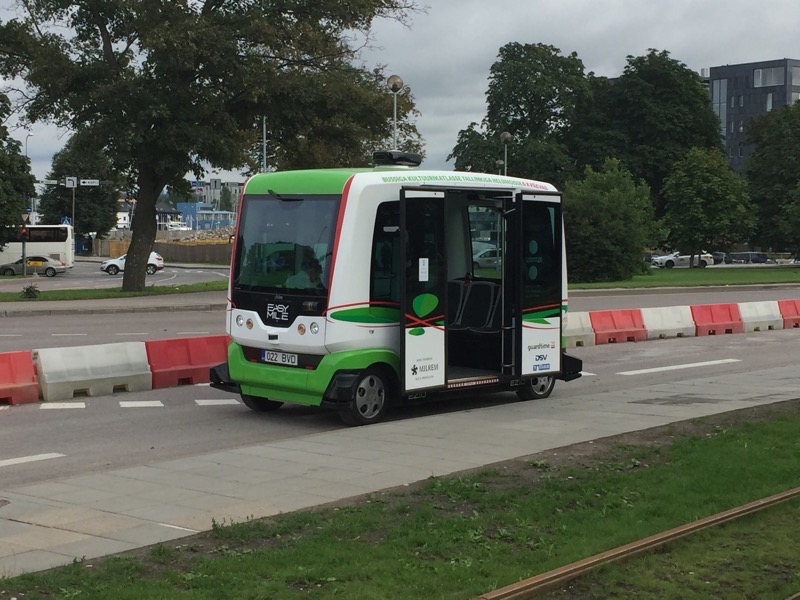Tallinn is the capital city, and major political, financial, cultural and education hub of Estonia. It is also where about 440,000 of Estonia’s 1.3m population live. Tallinn’s Old Town is one of the best preserved medieval cities in Europe and is listed as a UNESCO World Heritage Site – gotta love those UNESCO people… preserving all the history for future generations. I’ve been to more UNESCO sites this year than you can poke a stick at! ( <– Australian expression for a ‘whole bunch of them’).
Anyway, Tallinn is first mentioned as having received city rights as far back as 1219, (I actually typed that as 1912, twice, before getting it right!), but humans are believed to have settled here as long as 5,000 years ago. Initially, the land was owned by the Danes in the 13th century after a successful raid of Lyandisse led by Valdemar II of Danmark. After this, Estonia alternated between Scandinavian and German rule. Due it’s important strategic location, Tallinn became a major trade hub from the 14th to 16th centuries as it grew in importance as part of the Hanseatic League – I’ve written about the Hanseatic League before, but if you’re unfamiliar with it, you can kinda think of it as the early European Union.
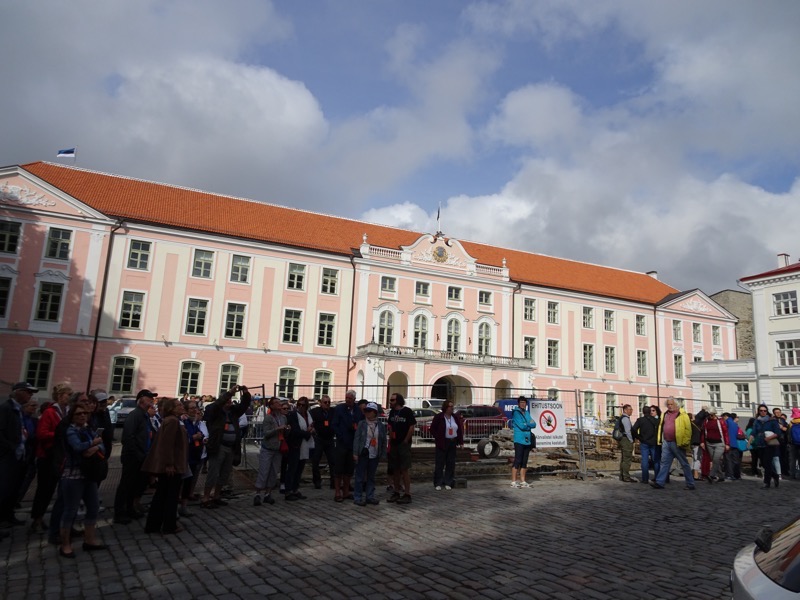 This striking pink building is the Riiggikogu, or Estonian Parliament, also known as Toompea Castle located in the upper part of the Old Town. According to legend, Toompea is the grave mount of an ancient Estonian king, Kalev, which was created by his wife, Linda, who carried rocks for it in her apron. A thousand years ago, it was the seat of an Estonian stronghold, and from the 13th-19th centuries was the home of the nobiity. The houses and palaces that decorate the Toompea now were all built after a huge fire in 1684 and are in the German-Batlic style preferred by the families of noble descent who lived here.
This striking pink building is the Riiggikogu, or Estonian Parliament, also known as Toompea Castle located in the upper part of the Old Town. According to legend, Toompea is the grave mount of an ancient Estonian king, Kalev, which was created by his wife, Linda, who carried rocks for it in her apron. A thousand years ago, it was the seat of an Estonian stronghold, and from the 13th-19th centuries was the home of the nobiity. The houses and palaces that decorate the Toompea now were all built after a huge fire in 1684 and are in the German-Batlic style preferred by the families of noble descent who lived here.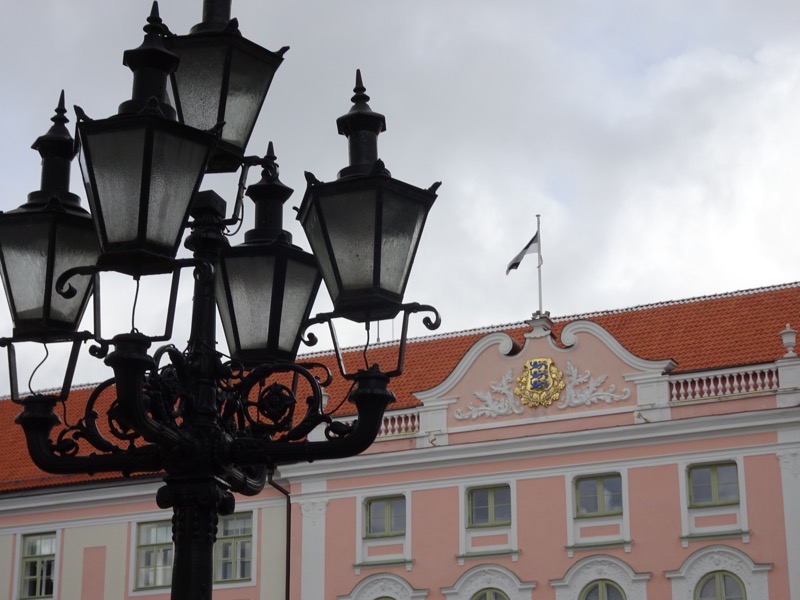 Directly opposite Toompea Castle stands the Russian Orthodox Cathedral of Alexander Nevsky – built in 1894-1900, the building has five onion-shaped cupolas that rest of a study granite blocks and follow the 17th century building style of Mosow and Yaroslavl.
Directly opposite Toompea Castle stands the Russian Orthodox Cathedral of Alexander Nevsky – built in 1894-1900, the building has five onion-shaped cupolas that rest of a study granite blocks and follow the 17th century building style of Mosow and Yaroslavl. 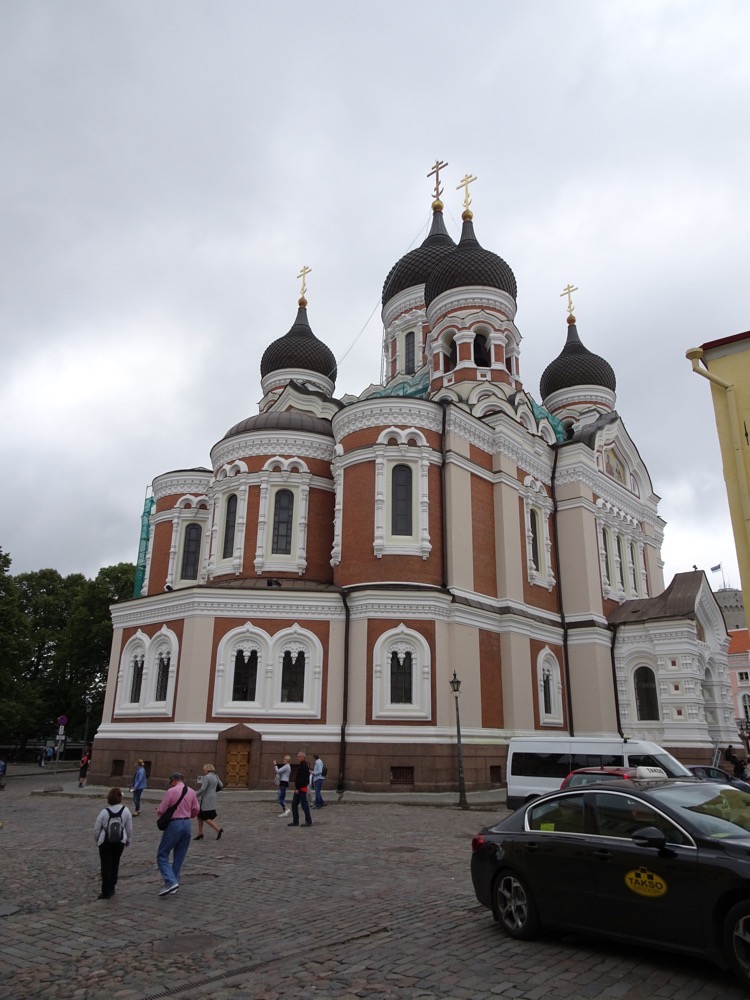 The facade mosaics are by A Frolov as are the wall paintings on the inside.
The facade mosaics are by A Frolov as are the wall paintings on the inside.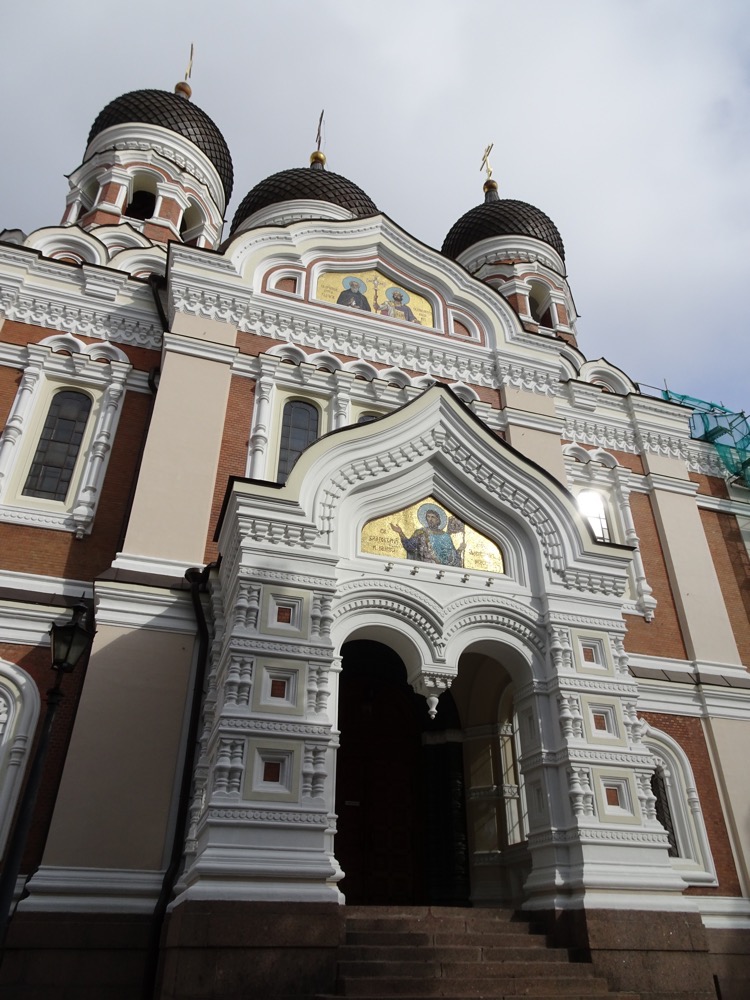 Alexander Nevsky Cathedral boasts the most impressive ensemble of church bells in the country – it comprises of 11 bells, including Tallinn’s largest bell which weighs over 15 tonnes.
Alexander Nevsky Cathedral boasts the most impressive ensemble of church bells in the country – it comprises of 11 bells, including Tallinn’s largest bell which weighs over 15 tonnes.
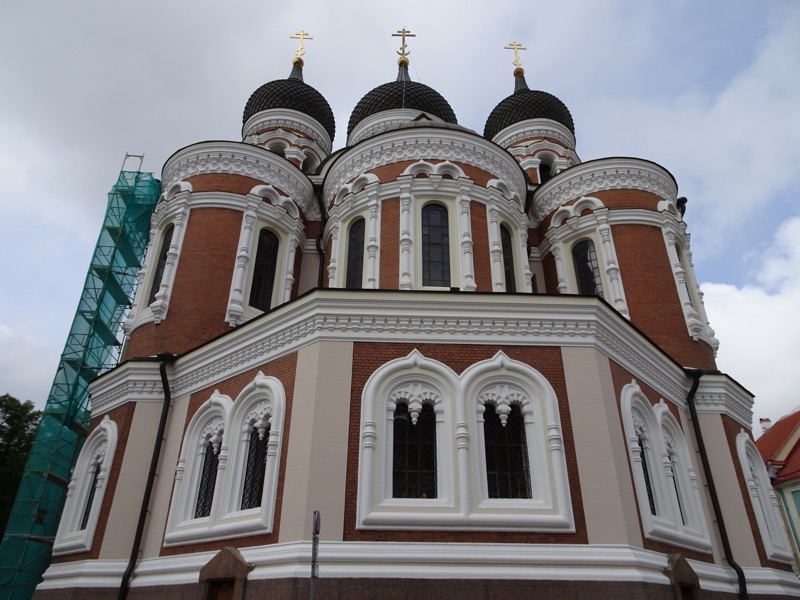
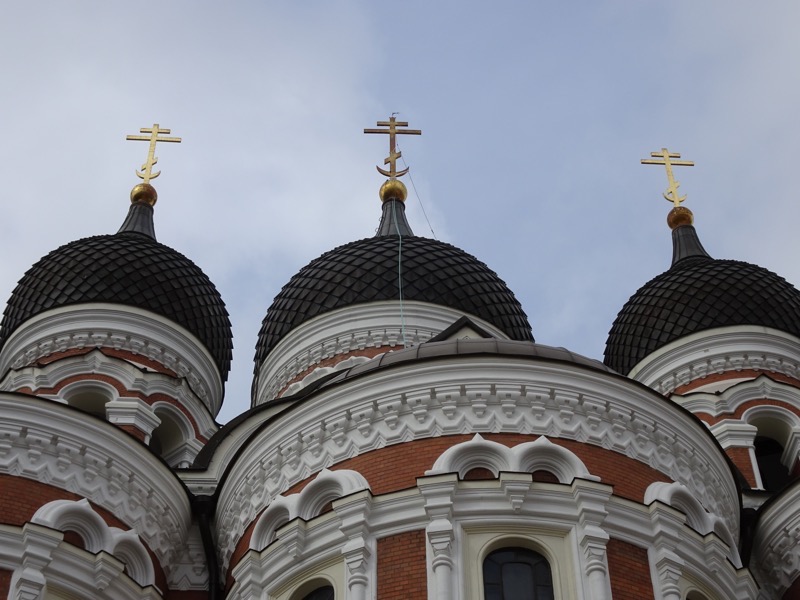
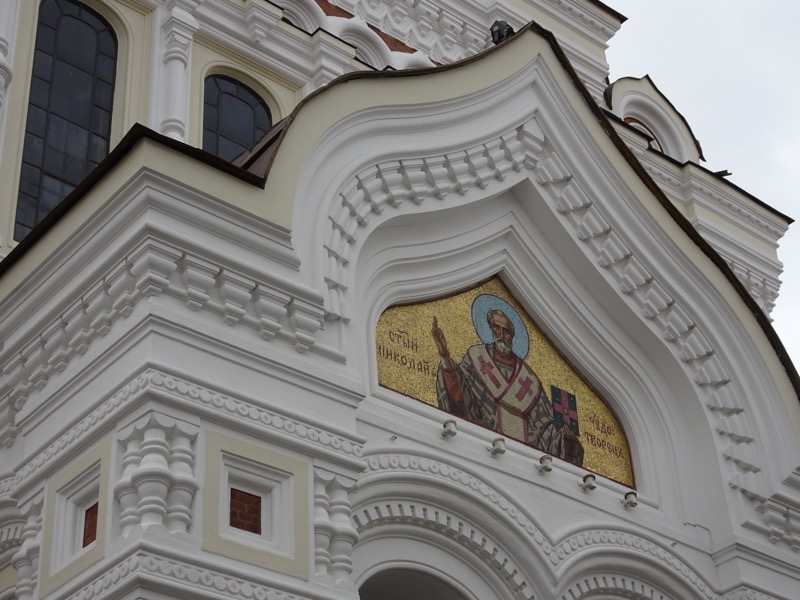 The church holds services and local worship here still.
The church holds services and local worship here still.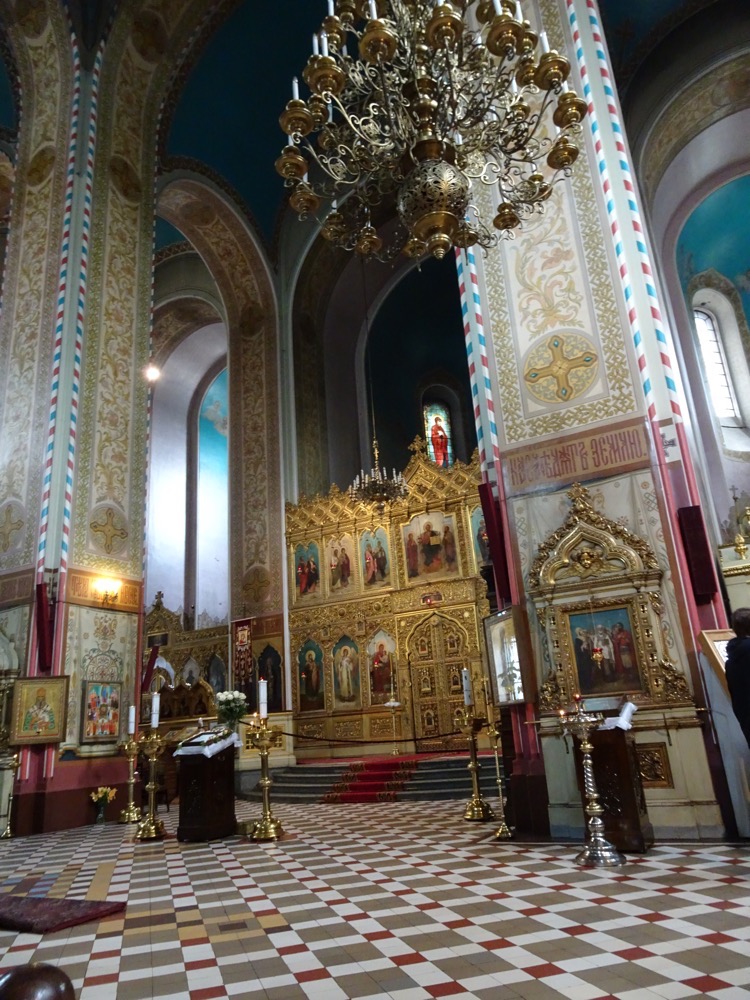
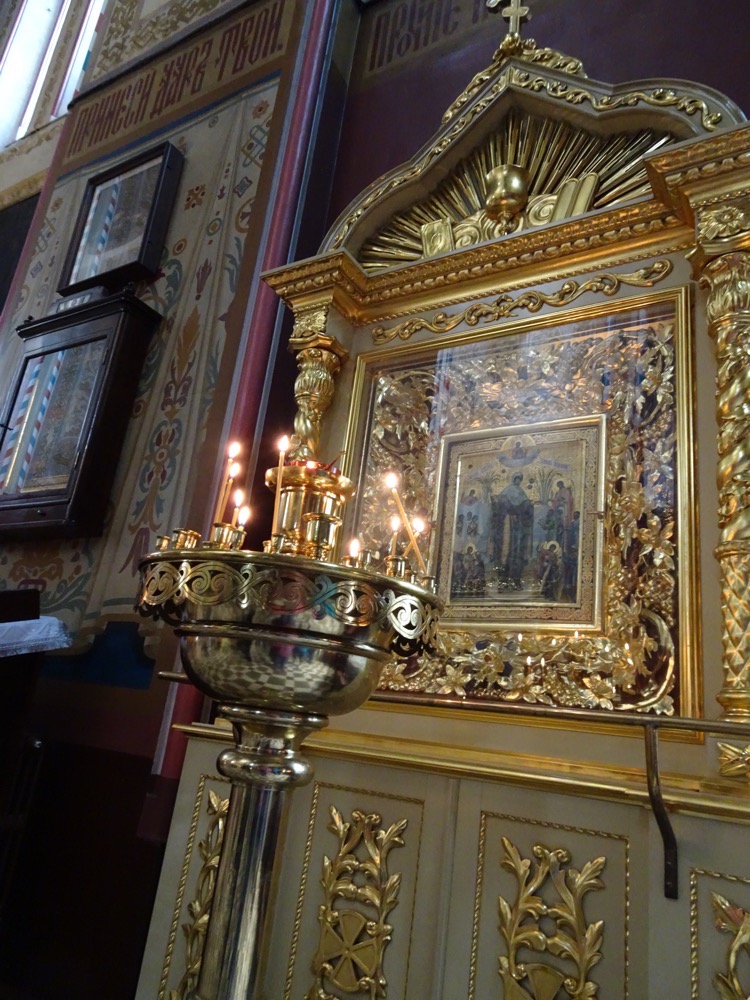
Around the corner is Toomkirik, also known as the Cathedral of St Mary the Virgin which dates from the early 13th century, howeve, all the older decorations were destroyed during the fire of 1684, so the rebuild occured after that and it acquired a baroque spire in 1778-79.
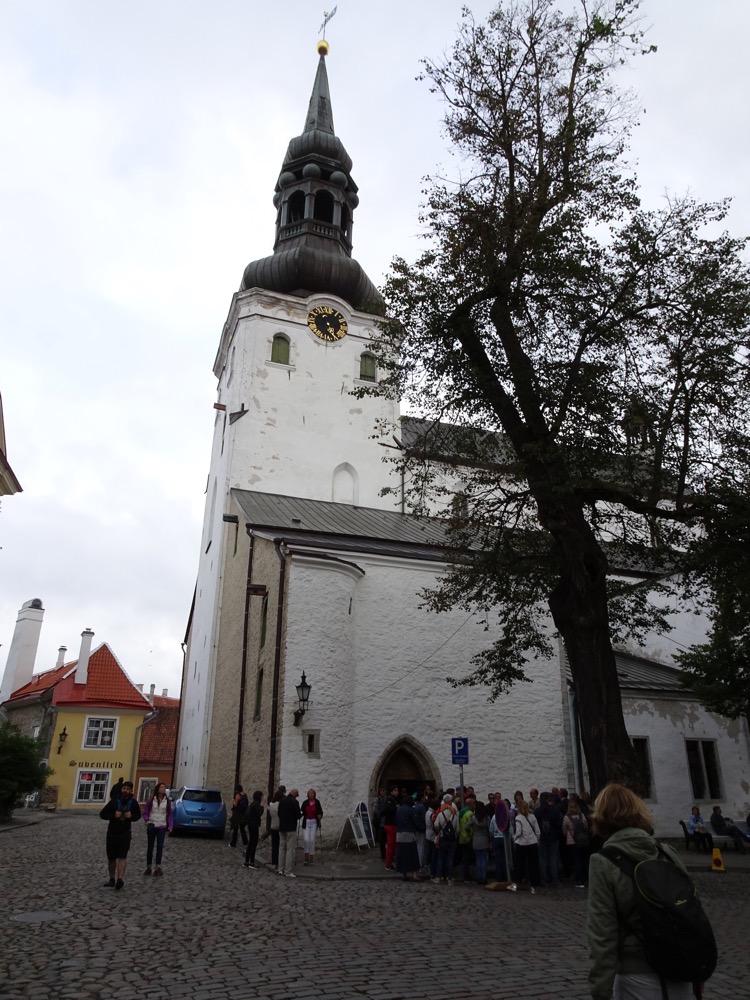 The interior of the cathedral is relatively simple but contains a remarkable collection of heraldic epitaphs for many of the Baltic-Germa noble families that patronised the church. There are more than 100 of these elaborated impressas decorating the church, many of which were made by Tallinn wood carver Christian Ackerman in the late 1690s.
The interior of the cathedral is relatively simple but contains a remarkable collection of heraldic epitaphs for many of the Baltic-Germa noble families that patronised the church. There are more than 100 of these elaborated impressas decorating the church, many of which were made by Tallinn wood carver Christian Ackerman in the late 1690s.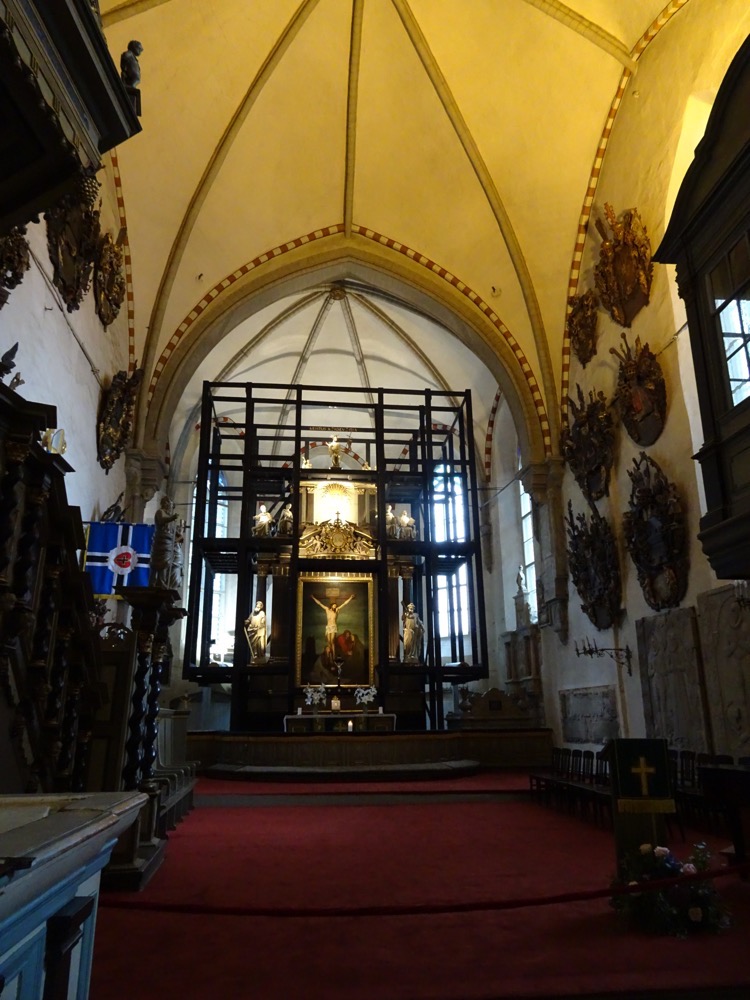
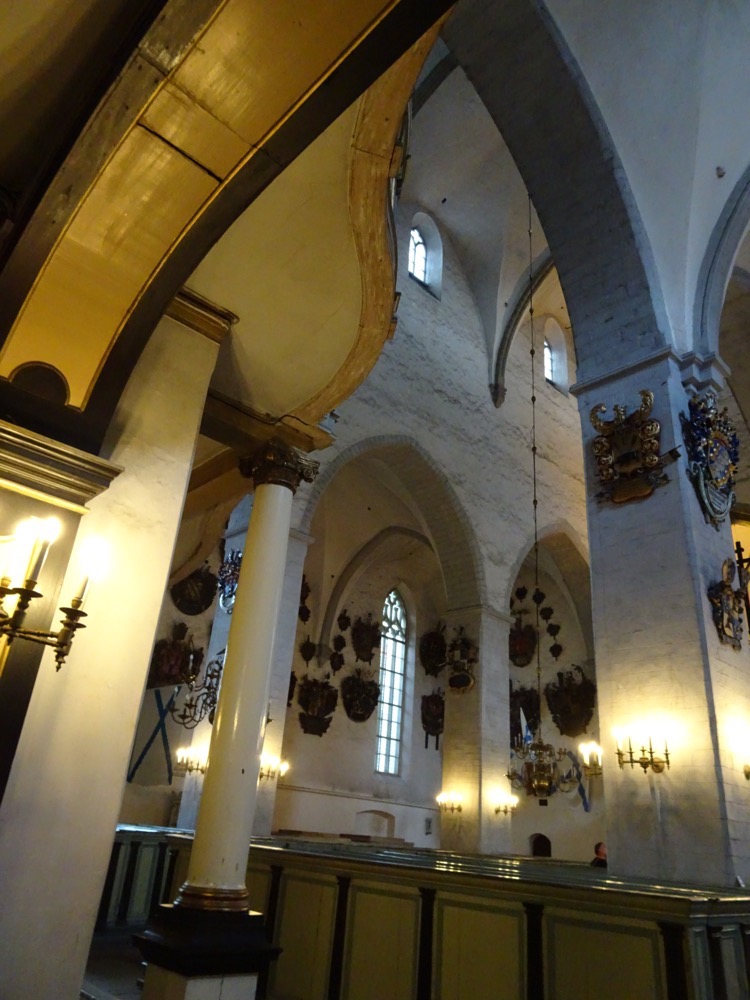
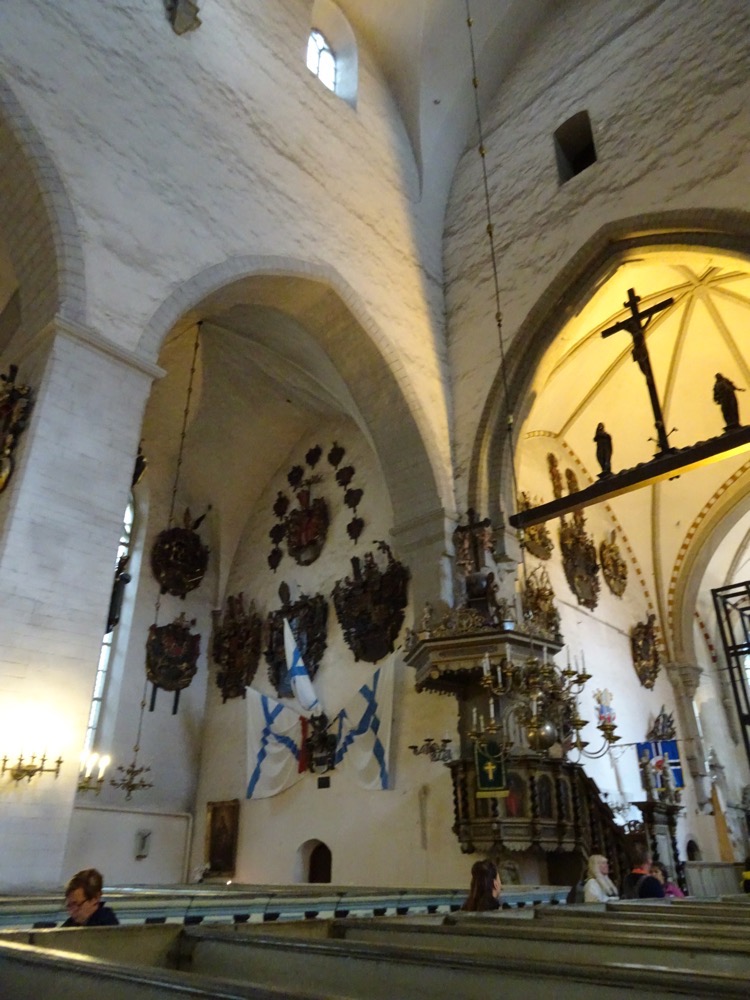
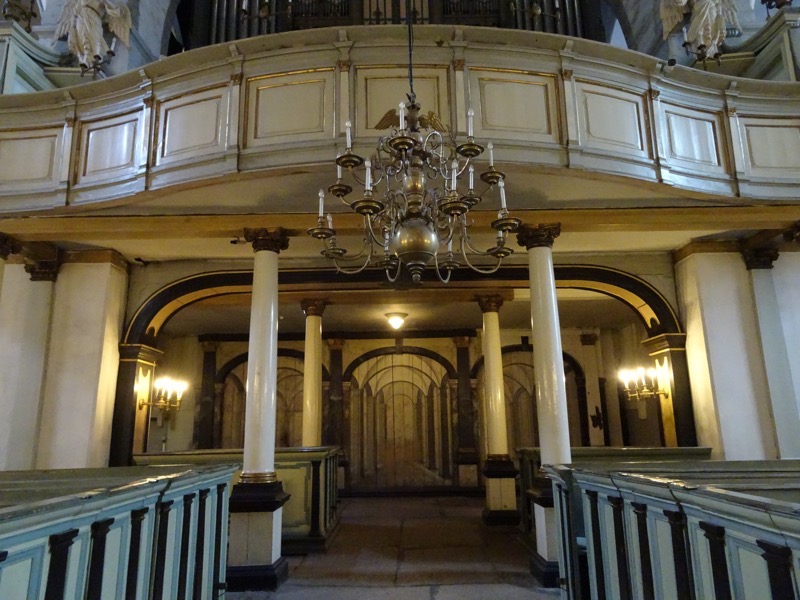 The narrow cobbled streets of the upper Old Town.
The narrow cobbled streets of the upper Old Town.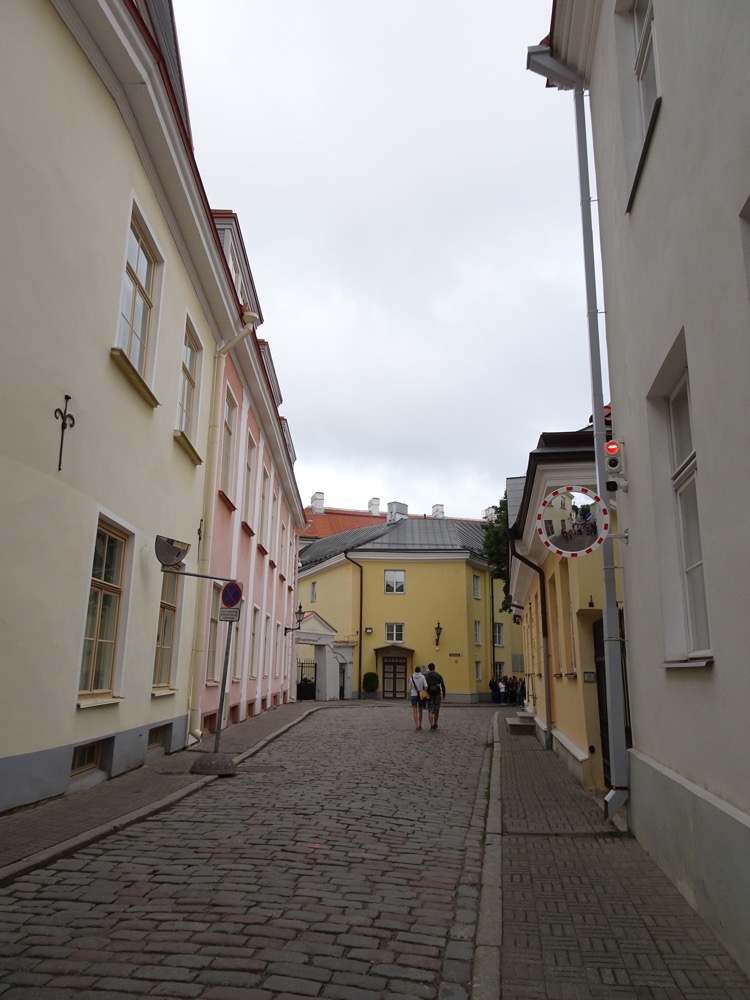 View from the panorama viewpoints towards the gate towers of the lower Old Town.
View from the panorama viewpoints towards the gate towers of the lower Old Town.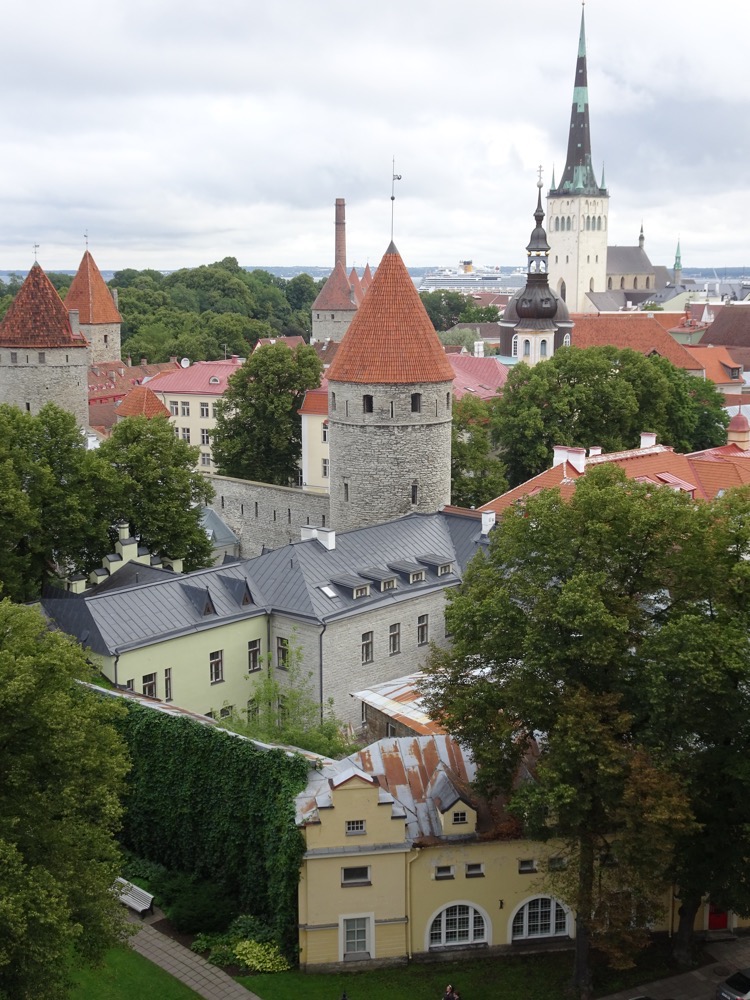 Rear of the Presidential residence.
Rear of the Presidential residence.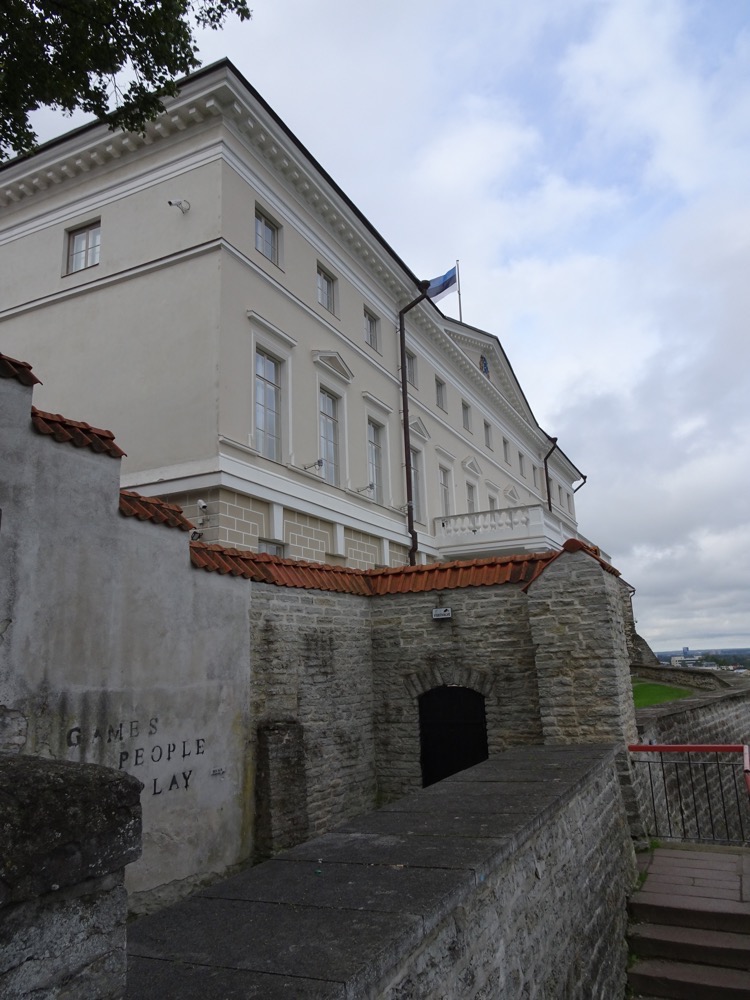
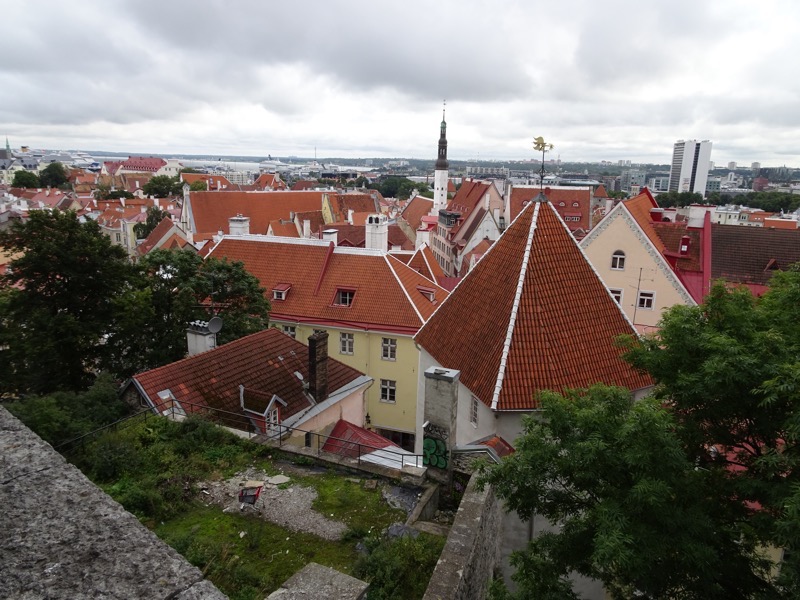 Rooftops of Tallinn.
Rooftops of Tallinn.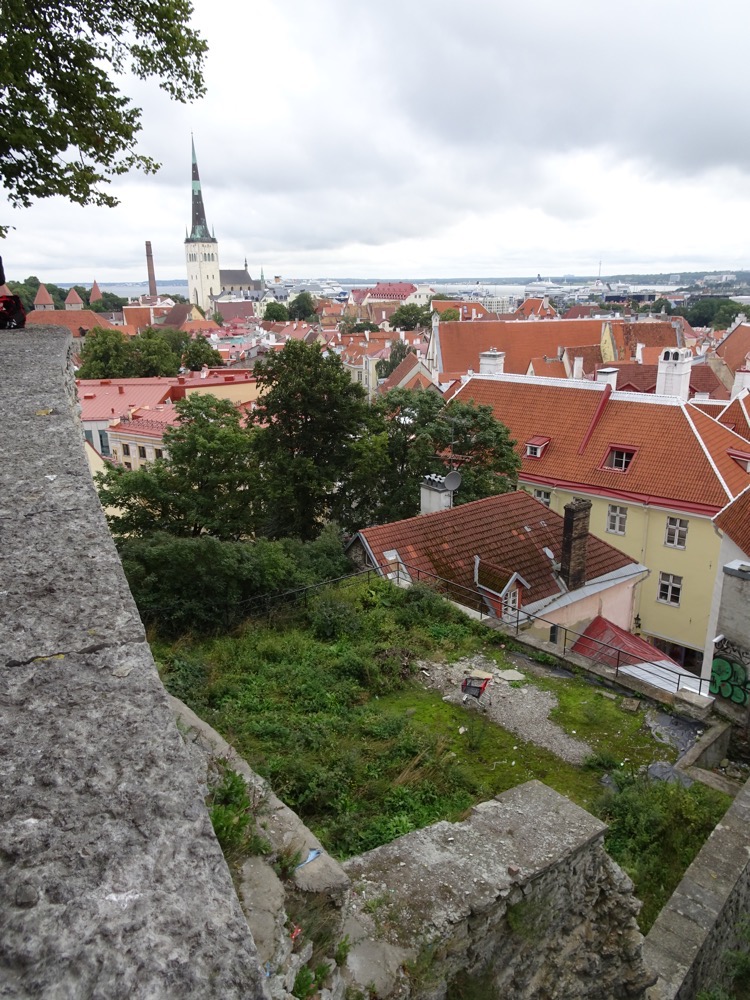 We had a little bit of time to poke around the shops in the upper area of the old town, and there is a heavy focus on amber (amber, amber everywhere!), woolen sweaters, Russian dolls, painted plates, and strangel little ceramic buildings that can be used as candle holders).
We had a little bit of time to poke around the shops in the upper area of the old town, and there is a heavy focus on amber (amber, amber everywhere!), woolen sweaters, Russian dolls, painted plates, and strangel little ceramic buildings that can be used as candle holders).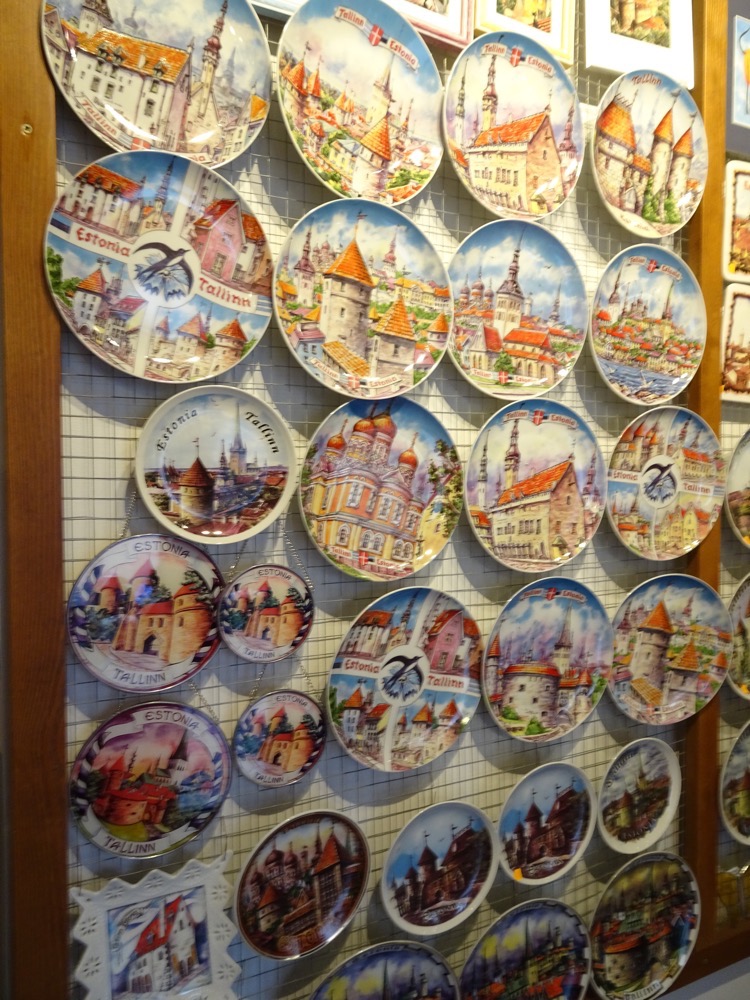
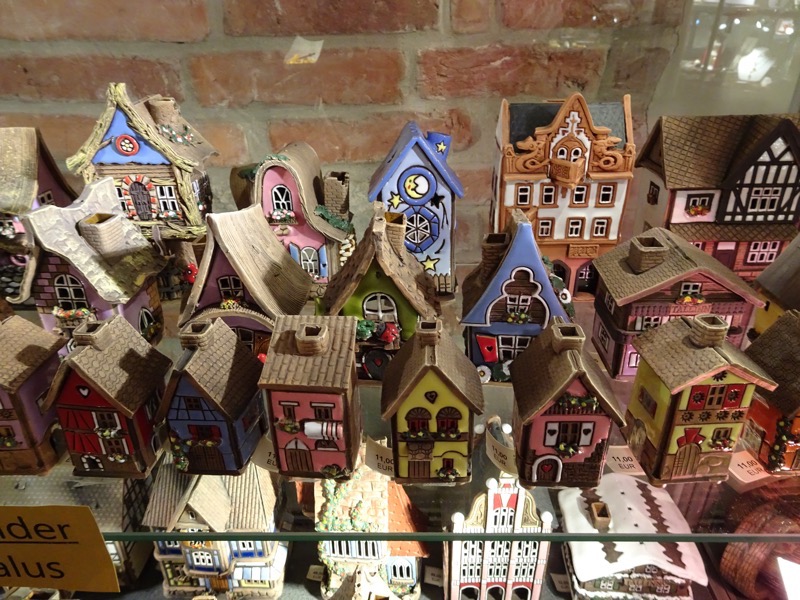
St Catherine’s Church – though which Catherine, I couldn’t tell you.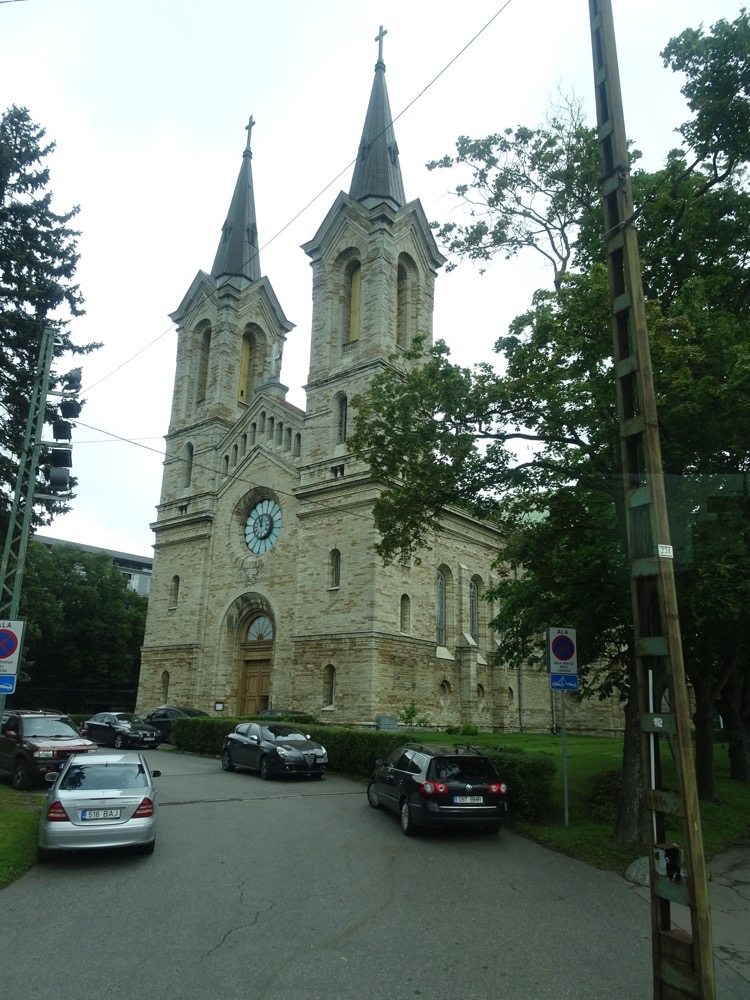
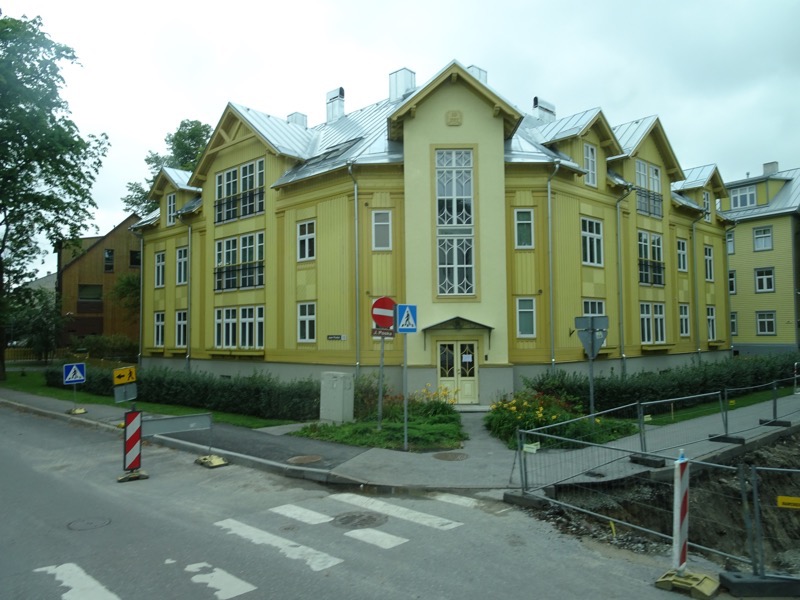 Our next stop was to Kadroig Palace. Literally meaning ‘Catherine’s Vale’, Kadroig with its beautiful gardens and huge swan lake is a favored outing place for locals. The palace and grounds were built by Russian Tsar Peter I. He had acquired some land with a small house on it and launched on the construction of a summer palace for his wife, Catherine, in 1718. The design was by Italian architect Niccolo Michetti. and has extensive parterres, fountains, cascades, canals, and lakes.
Our next stop was to Kadroig Palace. Literally meaning ‘Catherine’s Vale’, Kadroig with its beautiful gardens and huge swan lake is a favored outing place for locals. The palace and grounds were built by Russian Tsar Peter I. He had acquired some land with a small house on it and launched on the construction of a summer palace for his wife, Catherine, in 1718. The design was by Italian architect Niccolo Michetti. and has extensive parterres, fountains, cascades, canals, and lakes.
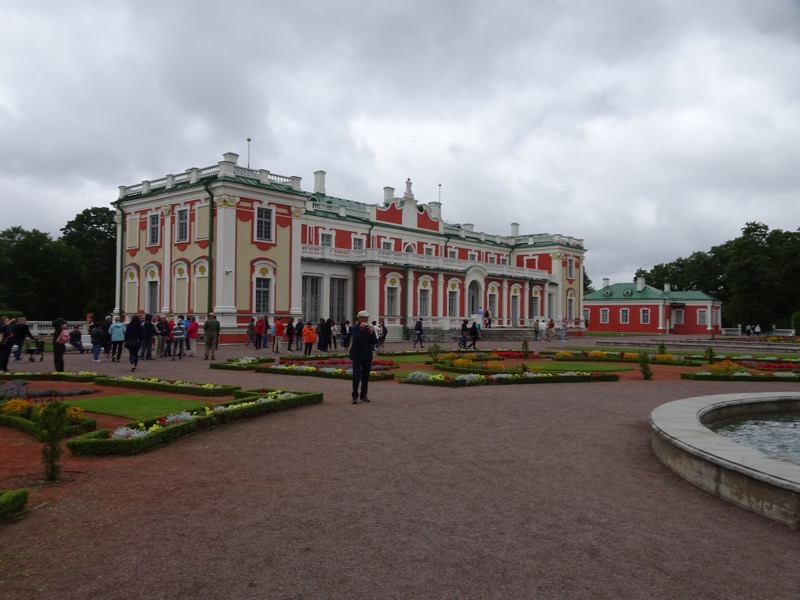
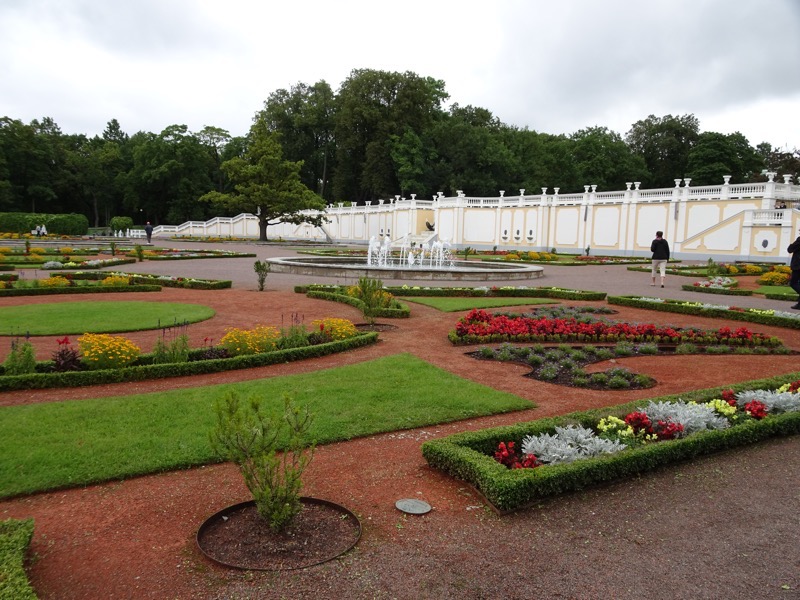
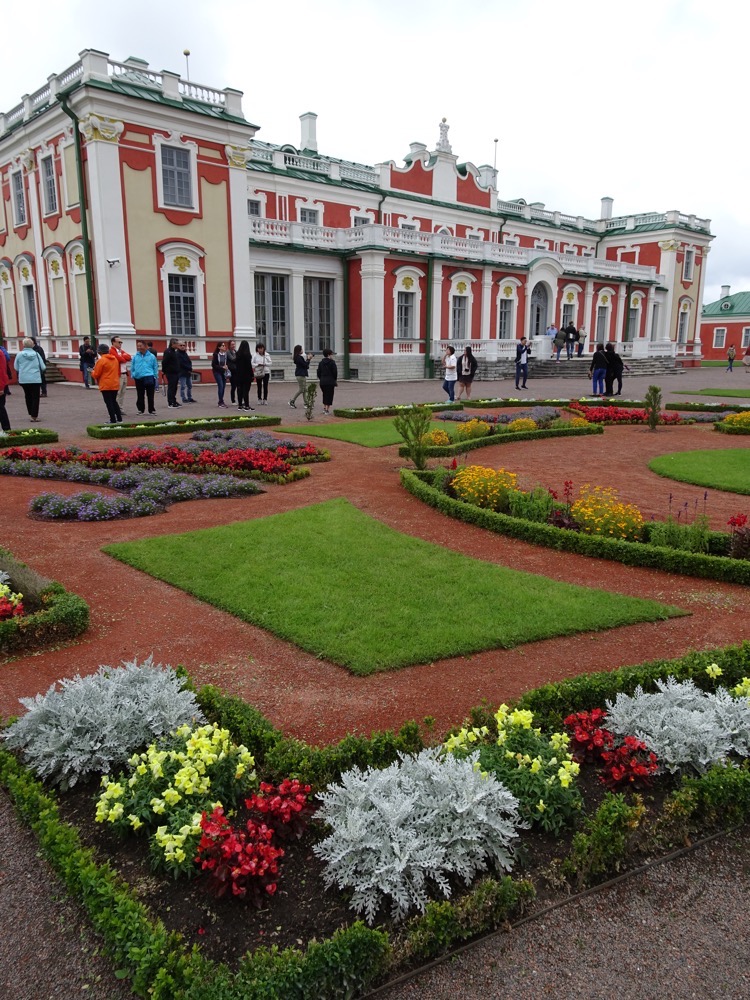 When completed, Kadroig Palace was the most magnificent example of baroque architecture in Estonia. At present, the main hall is the only extant example of a completely unaltered baroque hall from the time of Peter I. The building is currently used to house the Estonia Art Museum’s collection of foreign art.
When completed, Kadroig Palace was the most magnificent example of baroque architecture in Estonia. At present, the main hall is the only extant example of a completely unaltered baroque hall from the time of Peter I. The building is currently used to house the Estonia Art Museum’s collection of foreign art.
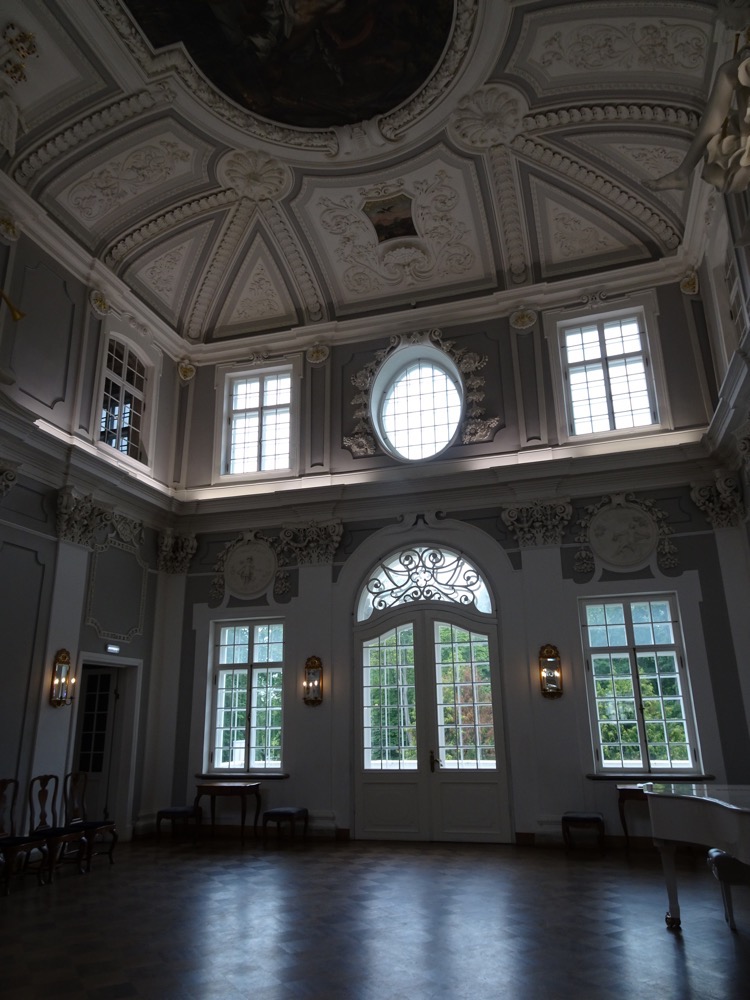
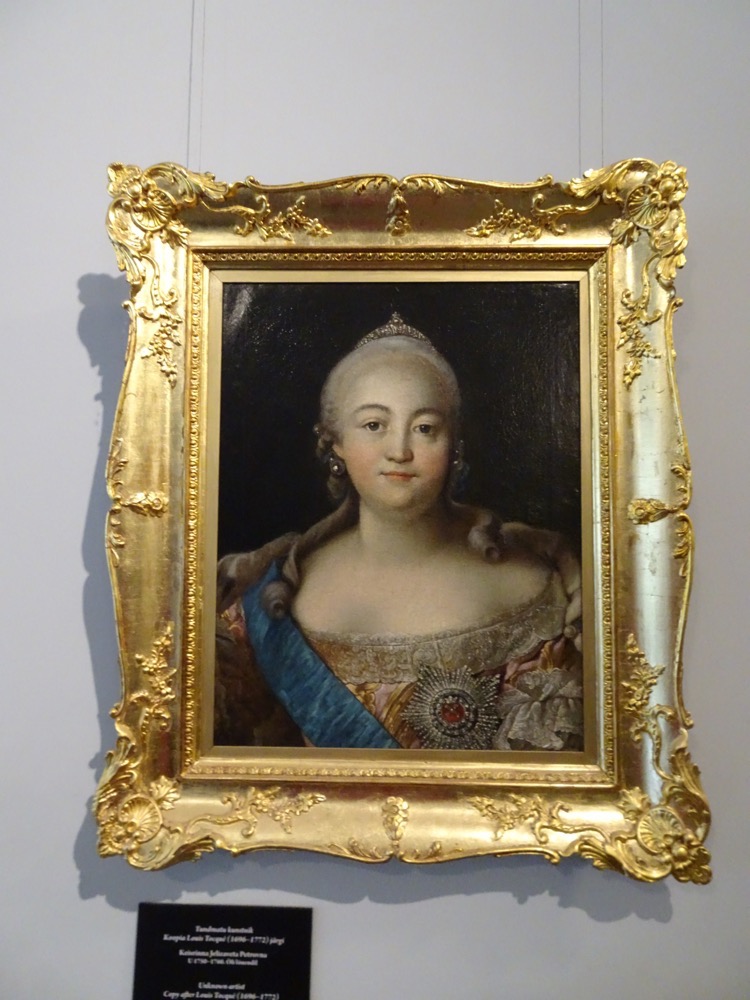 Peter’s second wife, Katherine who it is claimed he fell in love with at first sight, even though she was a common washerwoman at the time. He left? abandoned? sent his first wife to a convent? and married Katherine who then became Empress of all Russia.
Peter’s second wife, Katherine who it is claimed he fell in love with at first sight, even though she was a common washerwoman at the time. He left? abandoned? sent his first wife to a convent? and married Katherine who then became Empress of all Russia.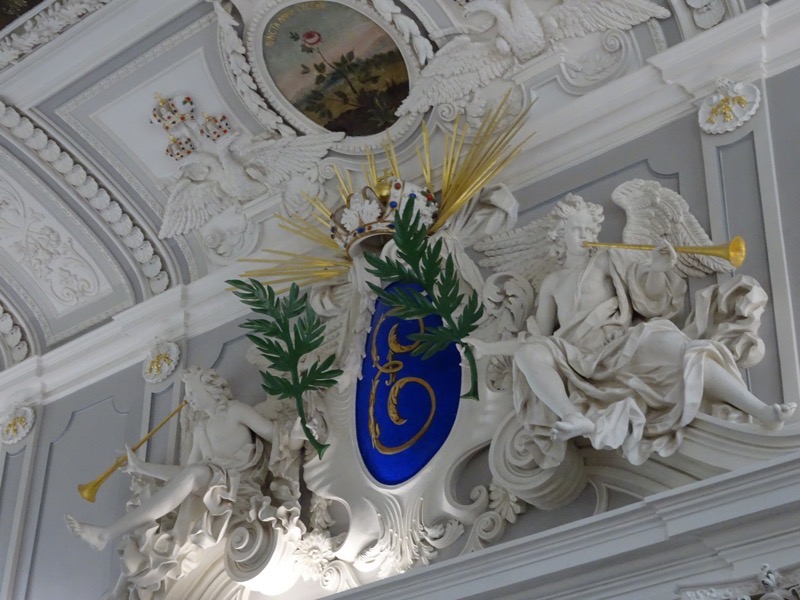 Allegorical fresco depicting the goddess Diana being surprised as she bathed with her nymphs by a hapless hunter. She turned him into a deer, and he grew horns; his dogs did not recognize him and they ripped him to pieces… apparently, Diana represents the triumphal hunter, ‘Russia’ and the hapless hunter-turned-deer, represents ‘Sweden’.
Allegorical fresco depicting the goddess Diana being surprised as she bathed with her nymphs by a hapless hunter. She turned him into a deer, and he grew horns; his dogs did not recognize him and they ripped him to pieces… apparently, Diana represents the triumphal hunter, ‘Russia’ and the hapless hunter-turned-deer, represents ‘Sweden’.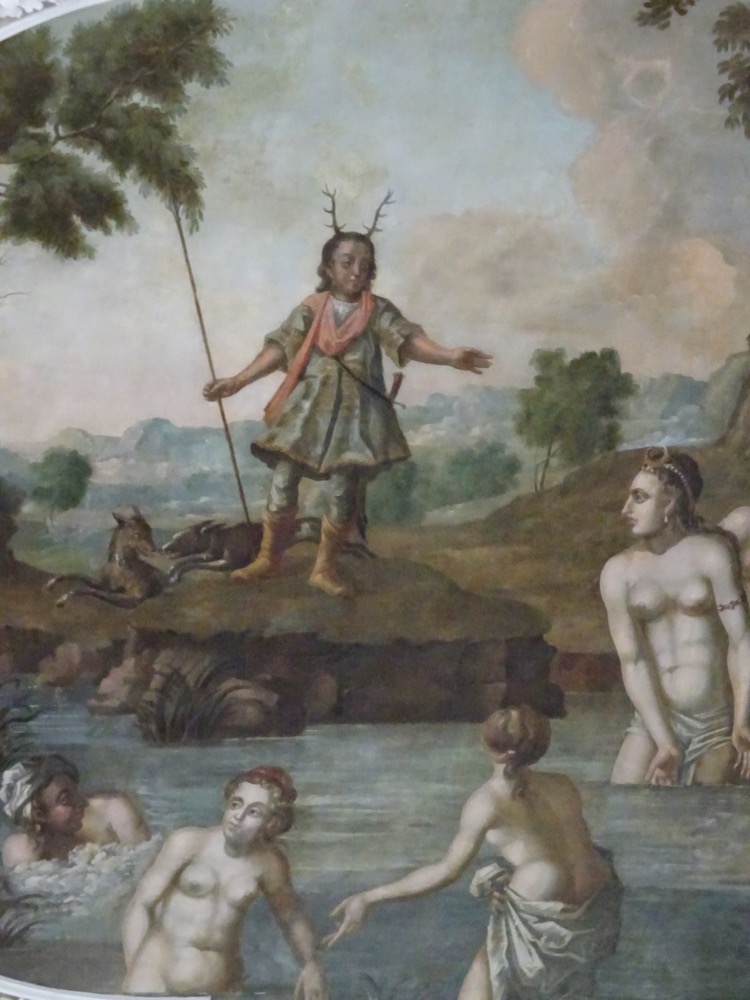
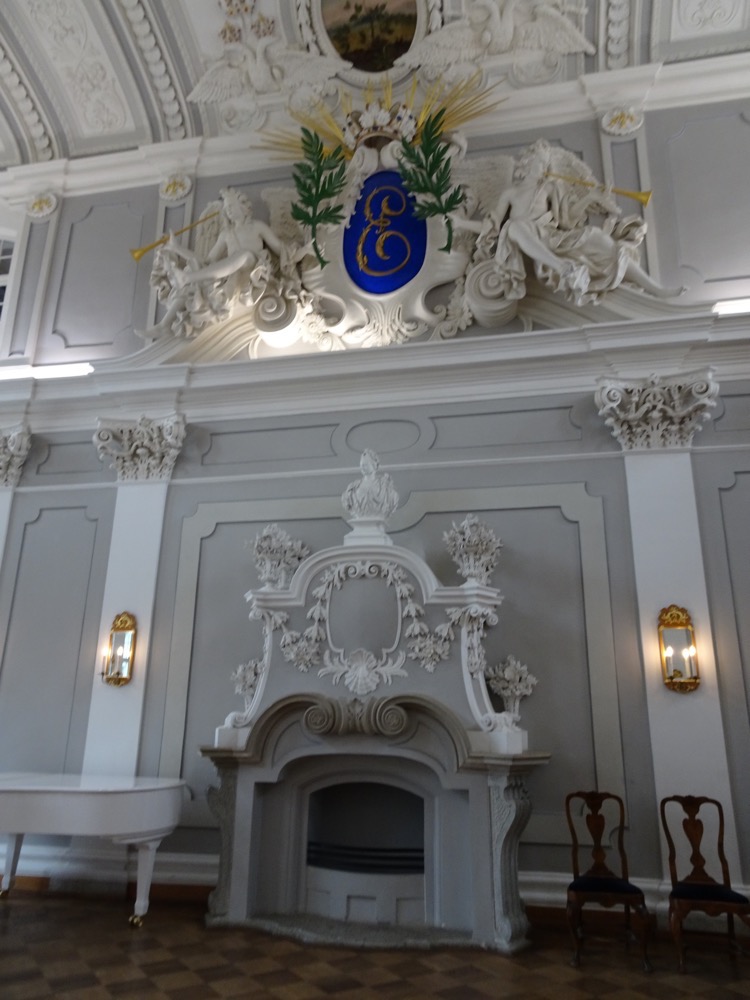
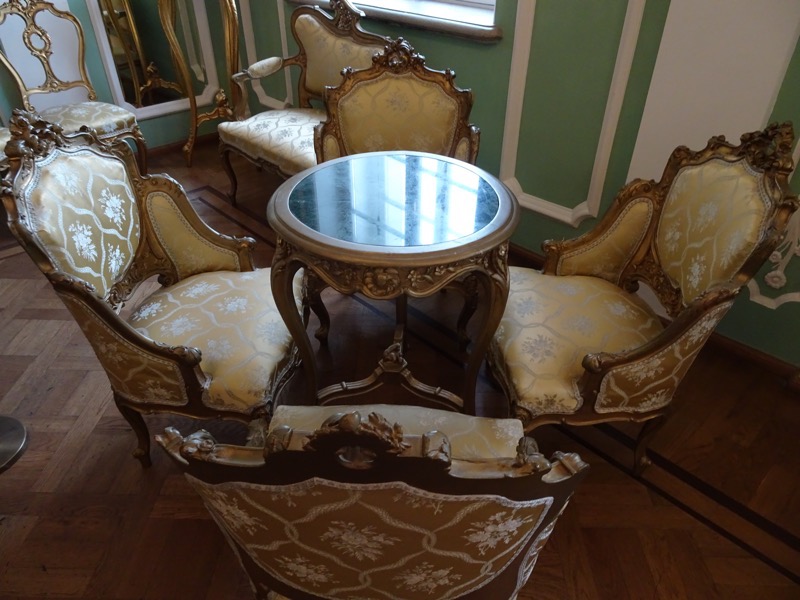
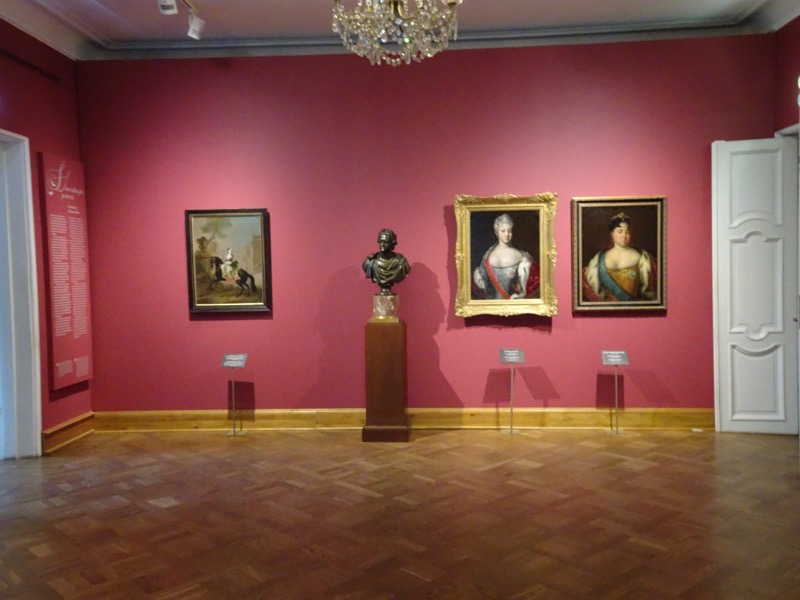 A random Bruegel in the collection…
A random Bruegel in the collection…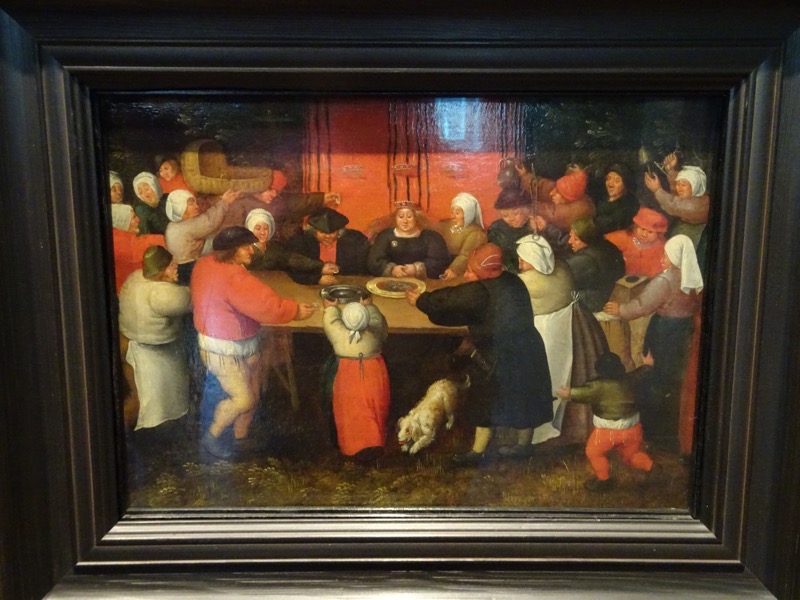 A chinoiserie ceramic slipper – no provenance listed anywhere.
A chinoiserie ceramic slipper – no provenance listed anywhere.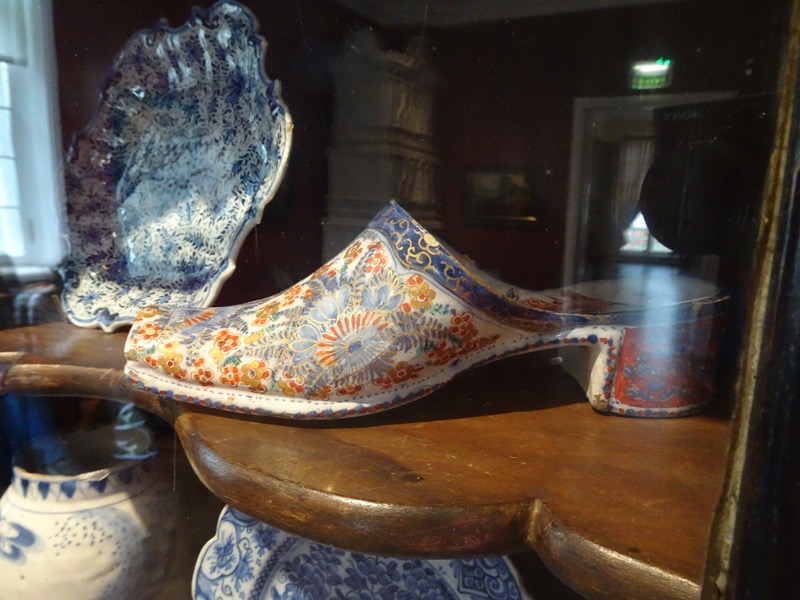 Heating furnaces.
Heating furnaces.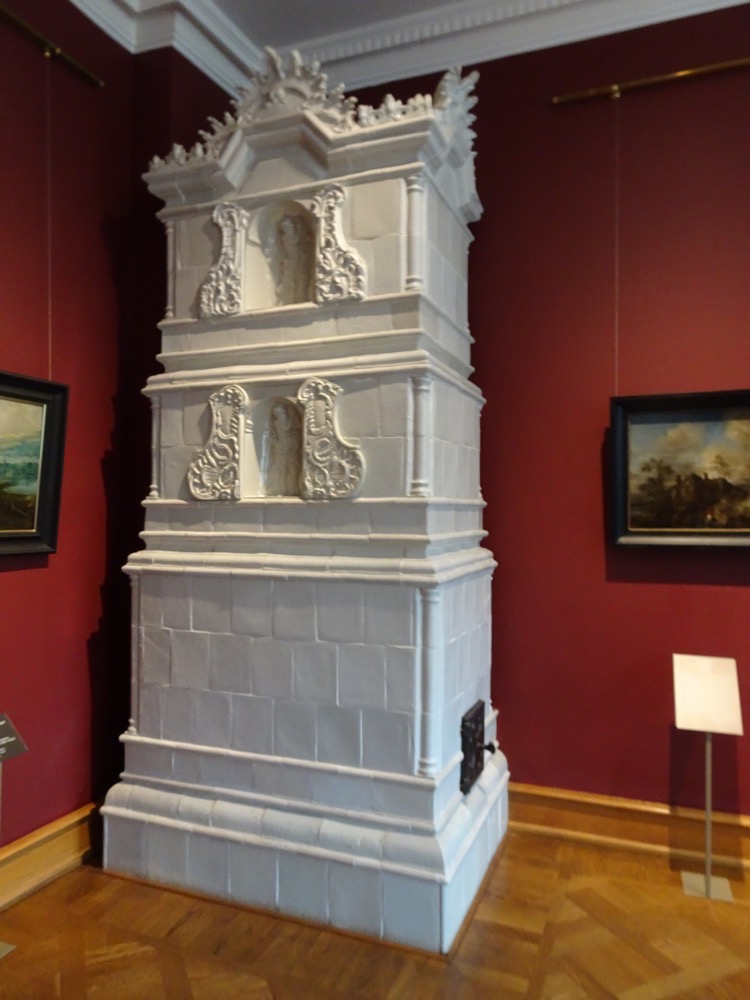
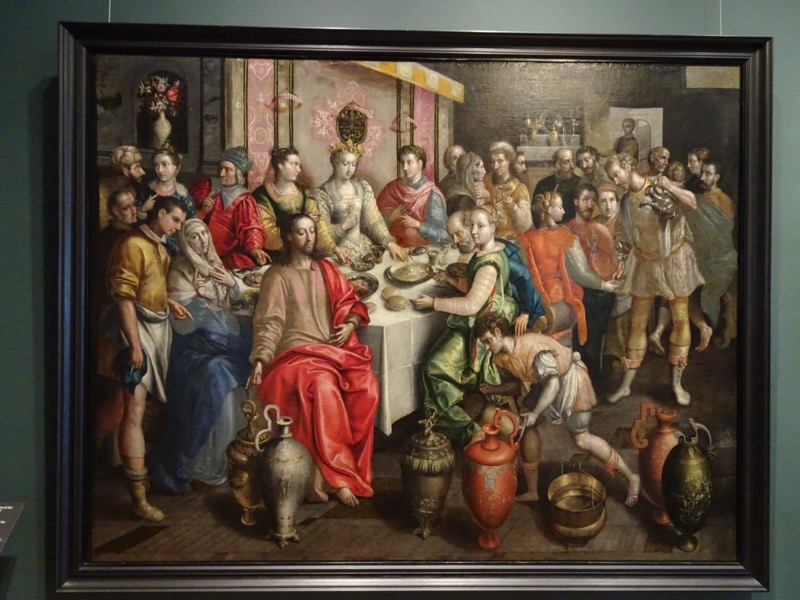
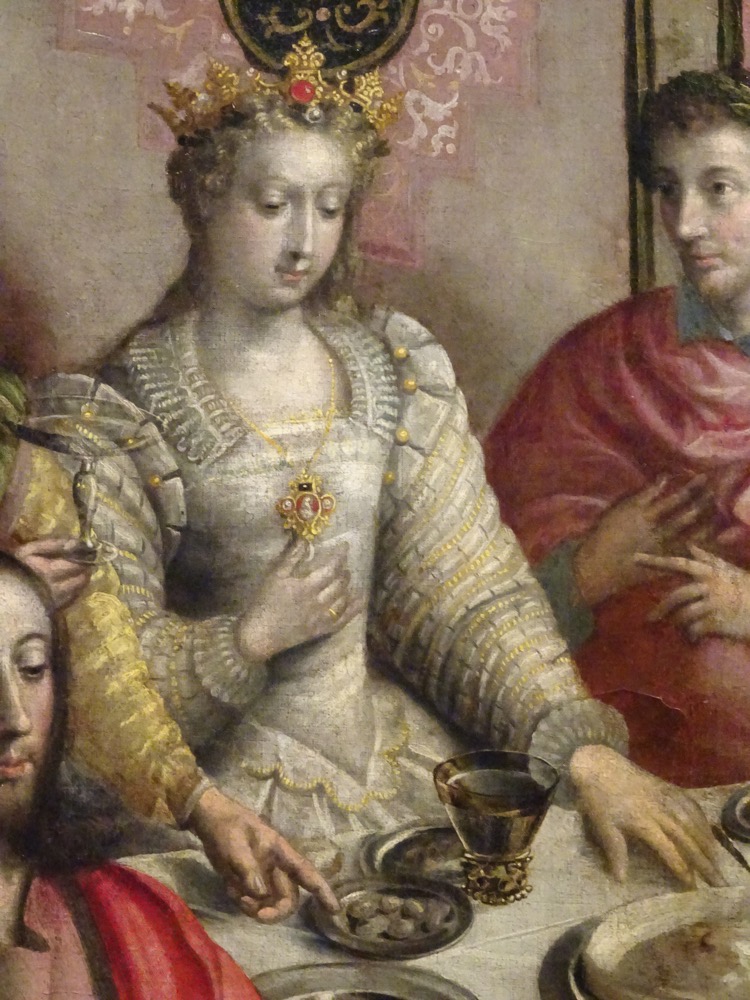
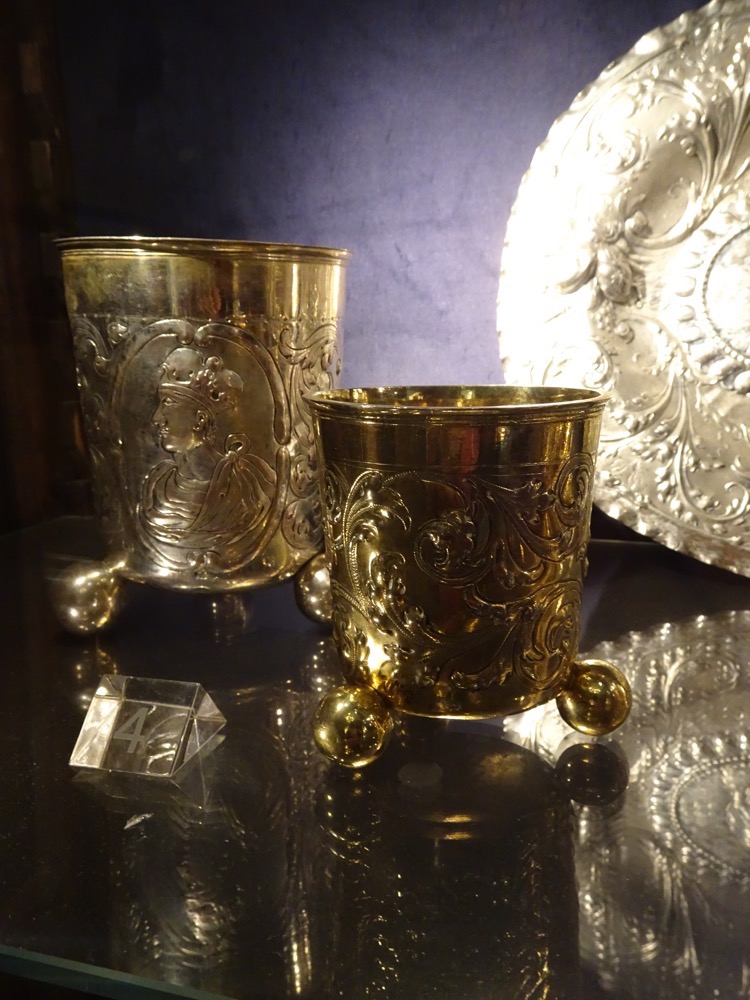 Front facade of Kadroig Palace.
Front facade of Kadroig Palace.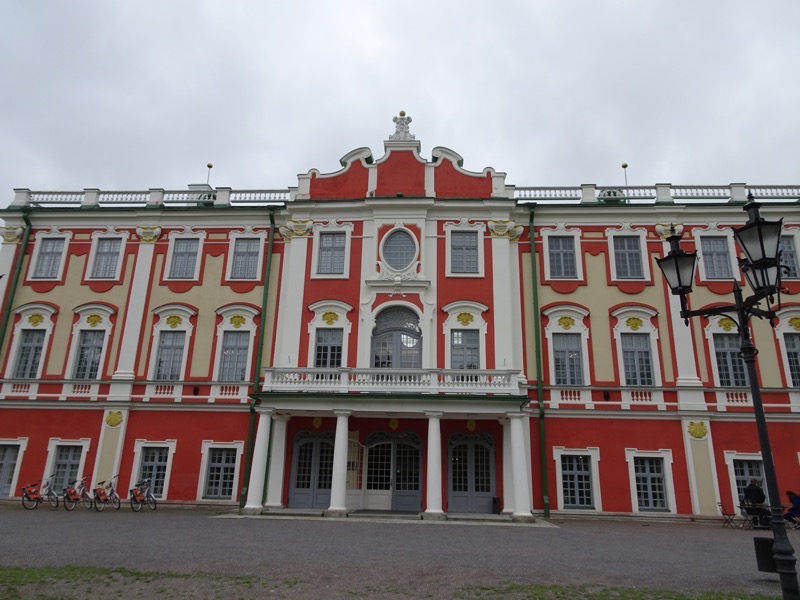
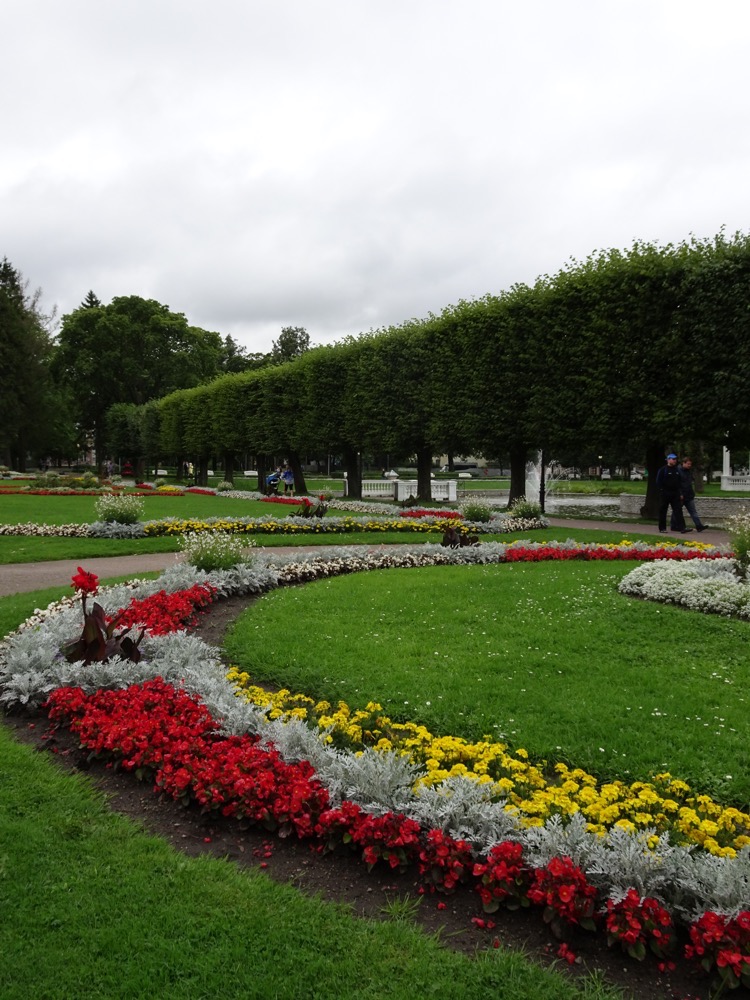 Another chance to have a bit of a poke about the shops came up and we found more textiles… this time in the form of heavy felt hats with cat faces embroidered on them…?!
Another chance to have a bit of a poke about the shops came up and we found more textiles… this time in the form of heavy felt hats with cat faces embroidered on them…?!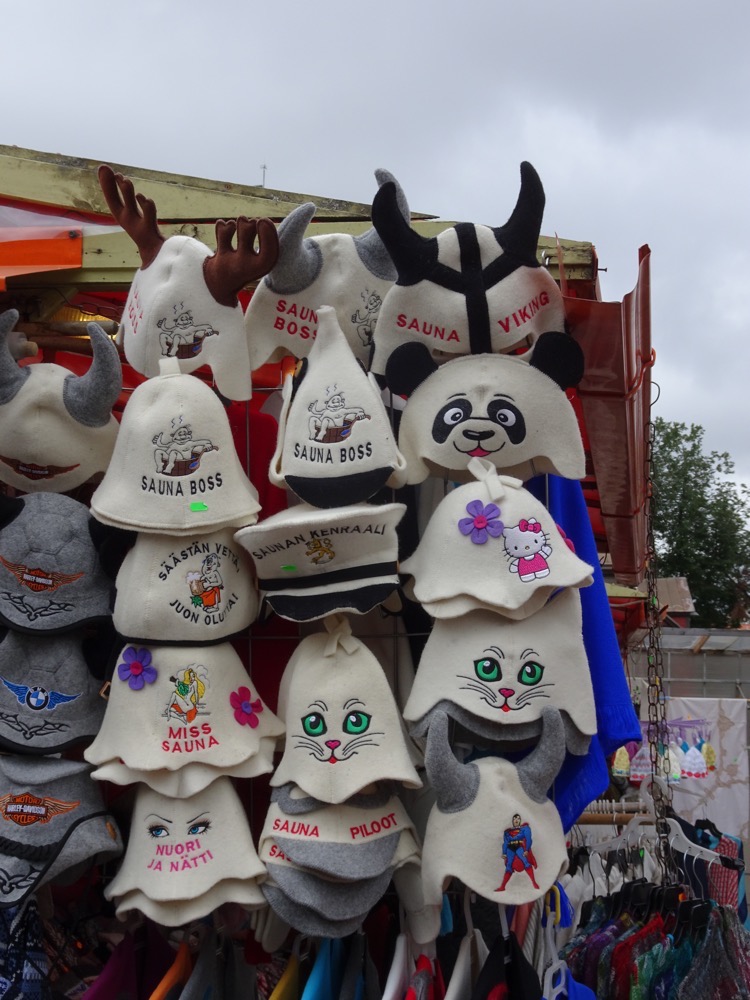
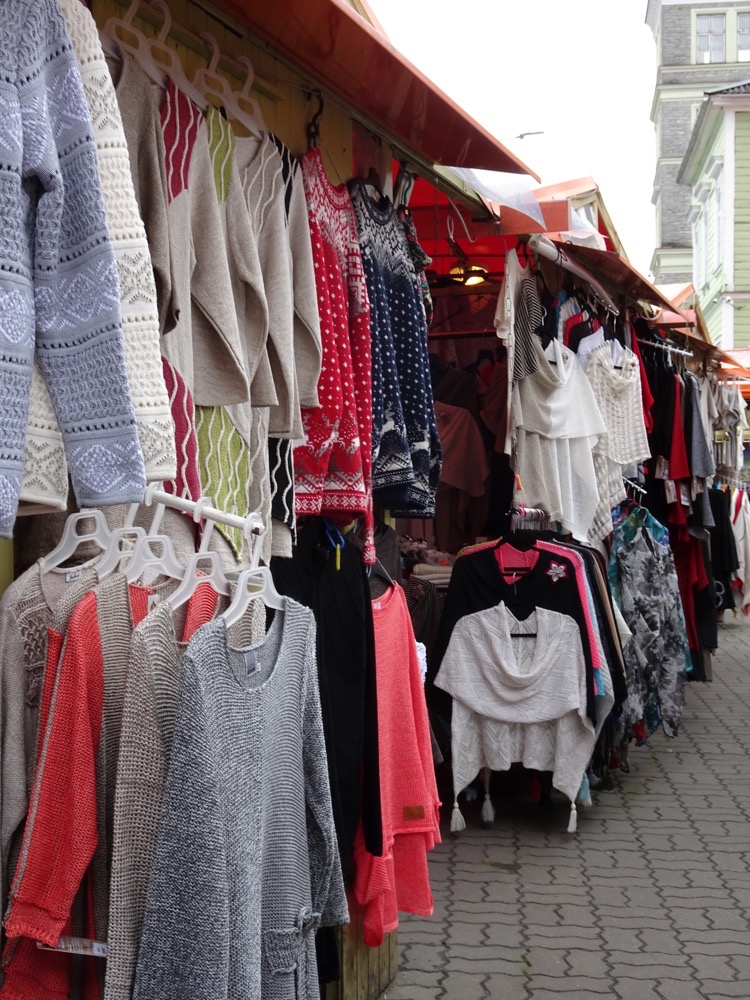
We went for a bit of a wander through the lower Old Town area in the afternoon, which afforded some beautiful examples of gloriously textured old buildings…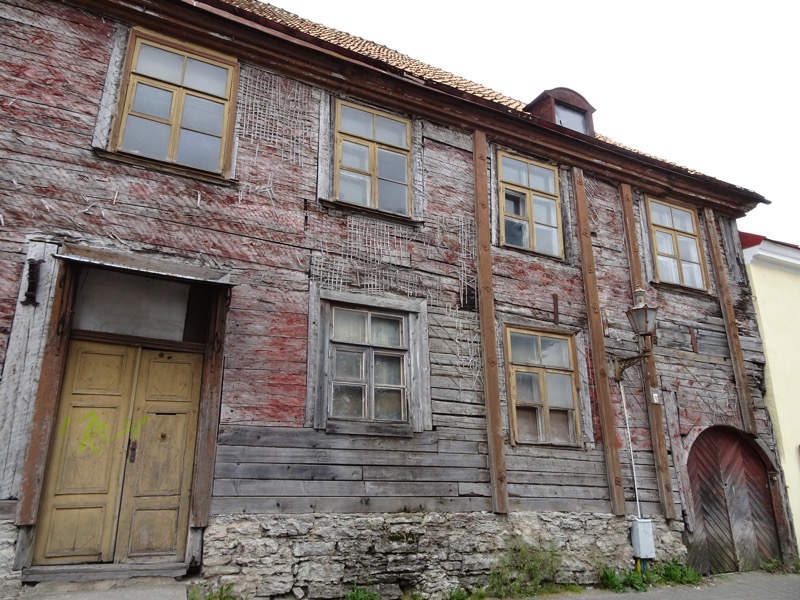
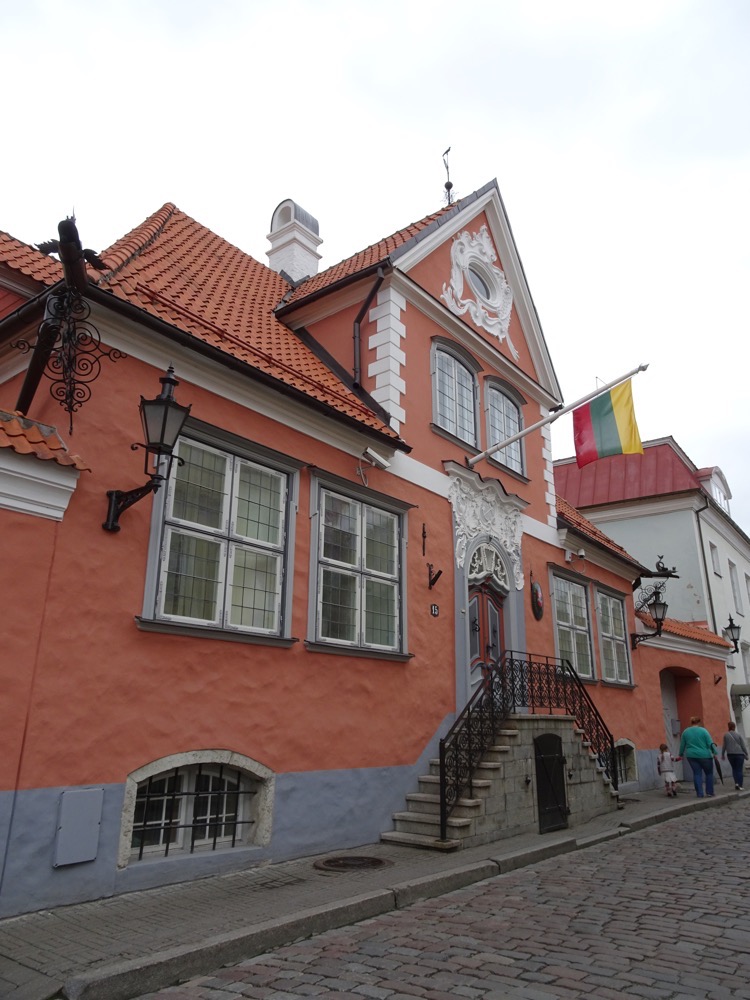 A Medieval merchant’s home.
A Medieval merchant’s home.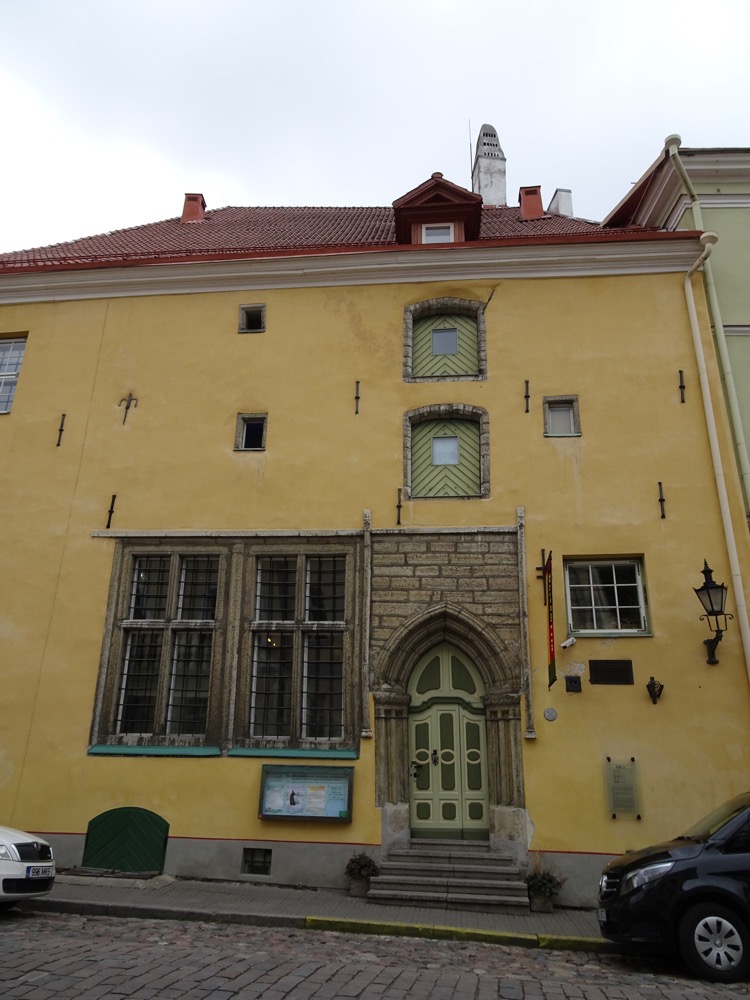 Tomb’s on the outer wall of St Catherine’s Church (or should I say another St Catherine’s Church).
Tomb’s on the outer wall of St Catherine’s Church (or should I say another St Catherine’s Church).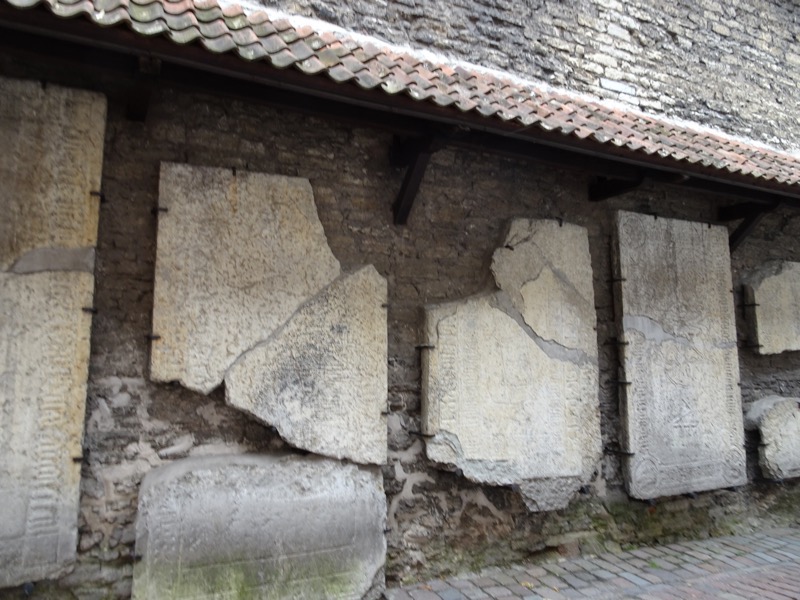 Katariina Kakik – St Catherine’s Alley
Katariina Kakik – St Catherine’s Alley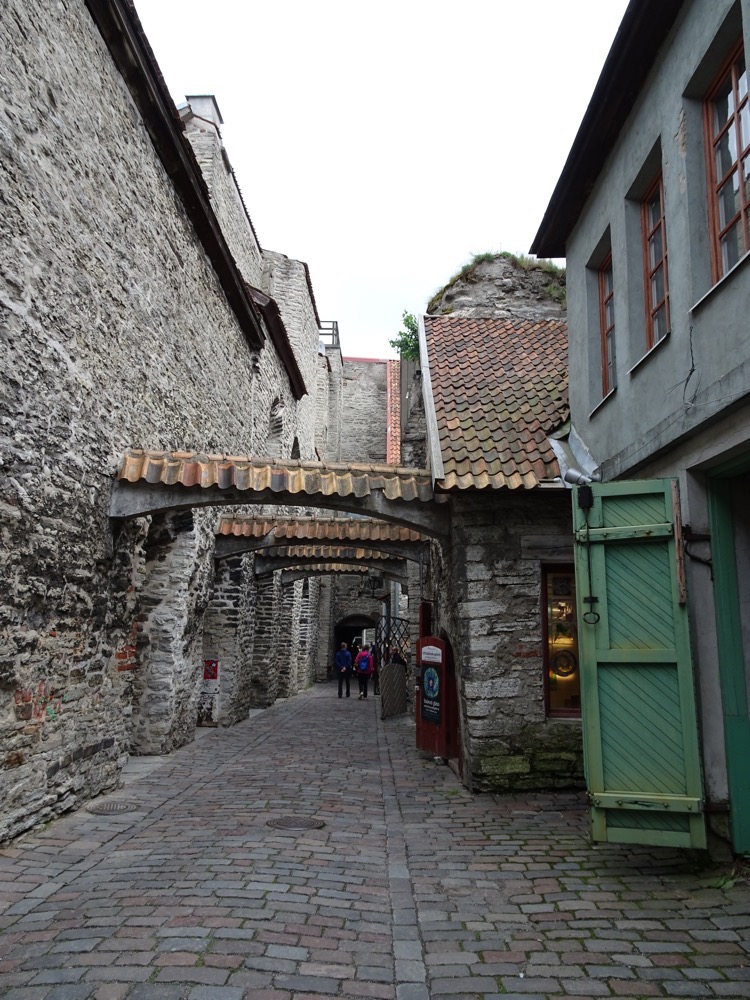
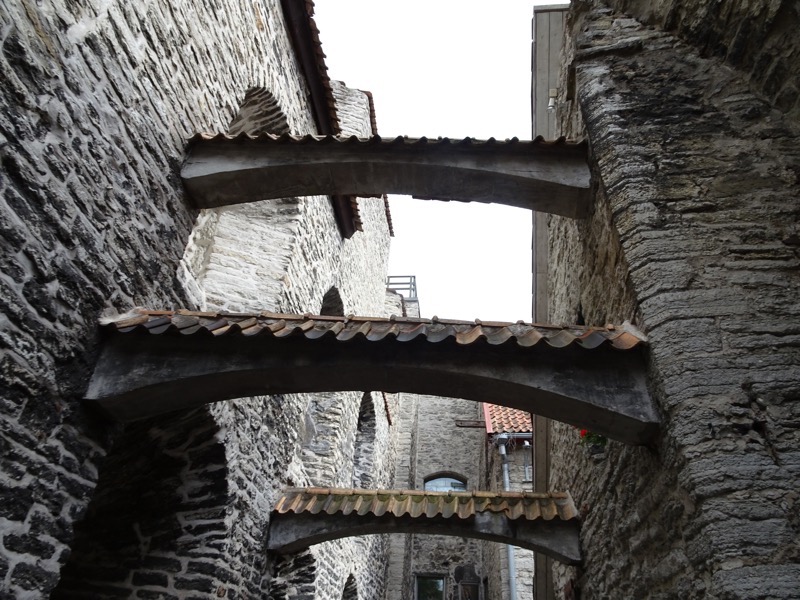 Wandered through the artsy fartsy section of the old town – glass blowers:
Wandered through the artsy fartsy section of the old town – glass blowers:
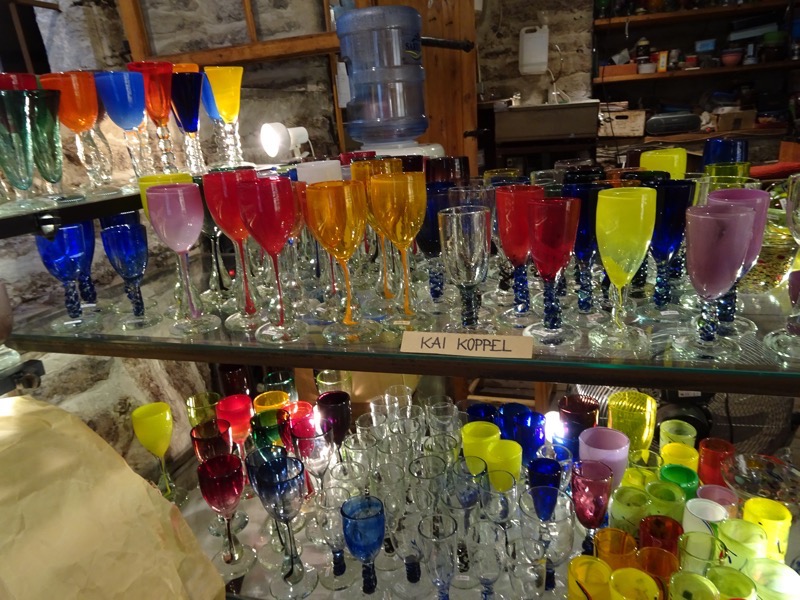
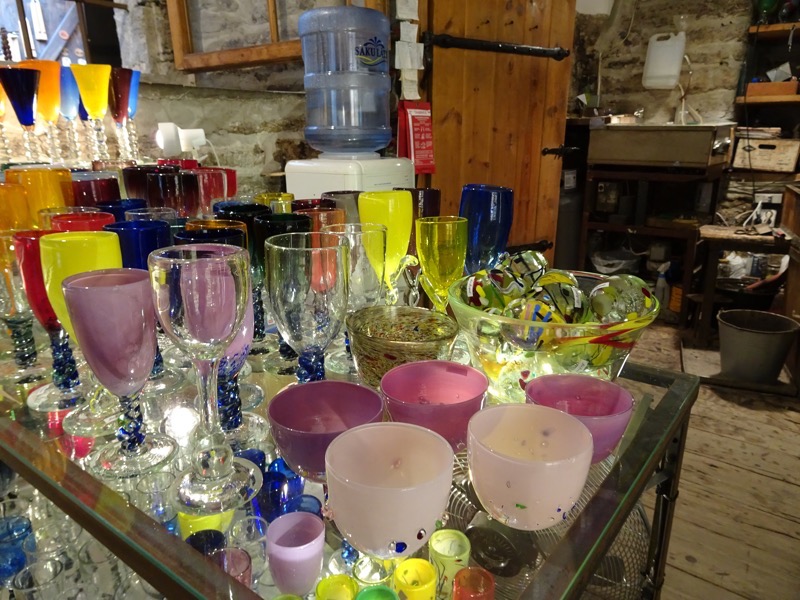 Timber workers:
Timber workers: 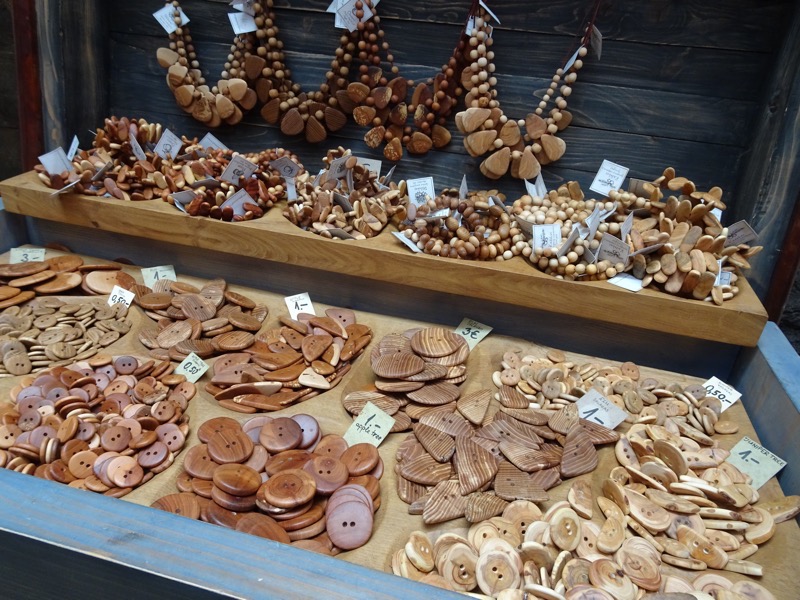 Loads of buttons made of juniper, applewood, ash, birch etc. Smelled amazing.
Loads of buttons made of juniper, applewood, ash, birch etc. Smelled amazing.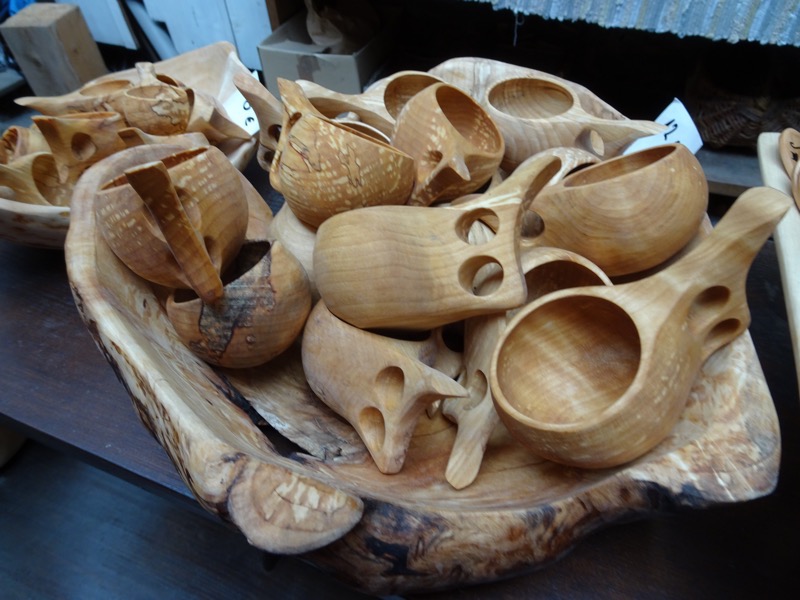 Traditional wooden cups and ladles:
Traditional wooden cups and ladles: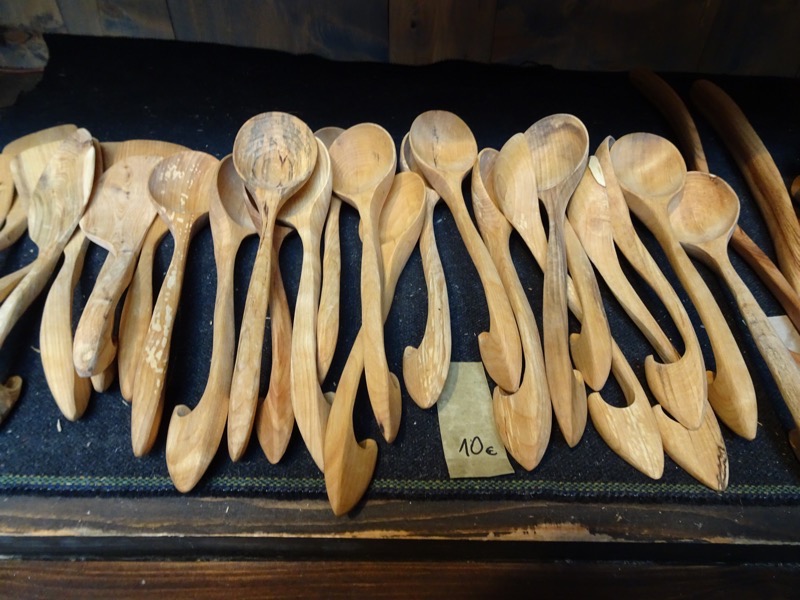 The original medieval fortress walls and gatehouses of the Old Town.
The original medieval fortress walls and gatehouses of the Old Town. 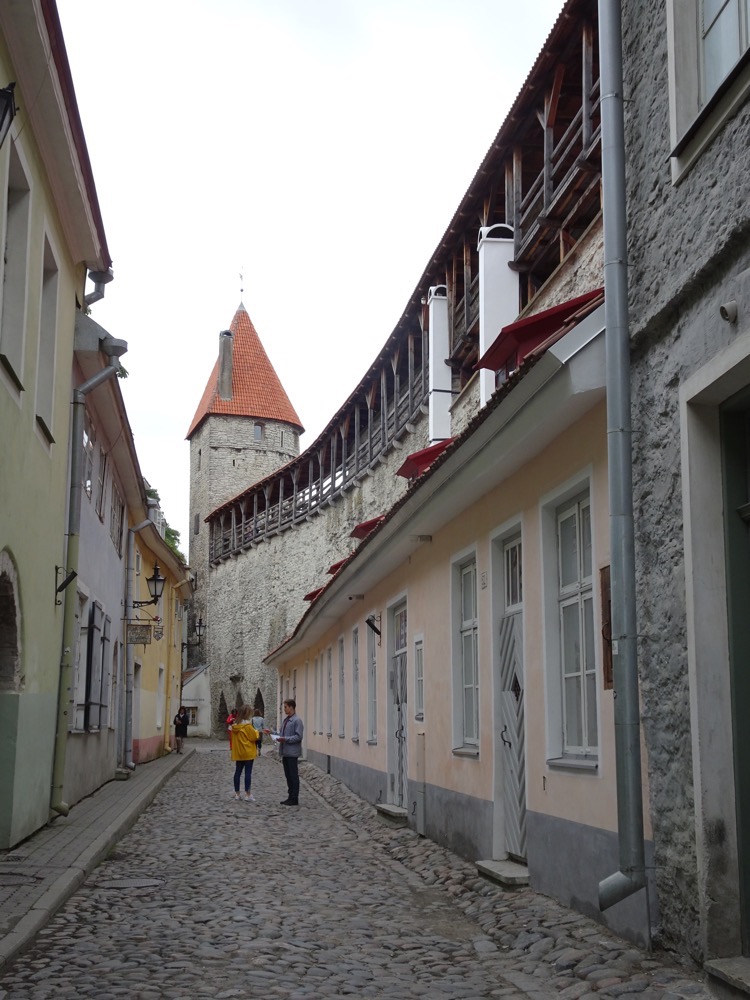
Rickety and uneven stairway up to the walkway above the city gates.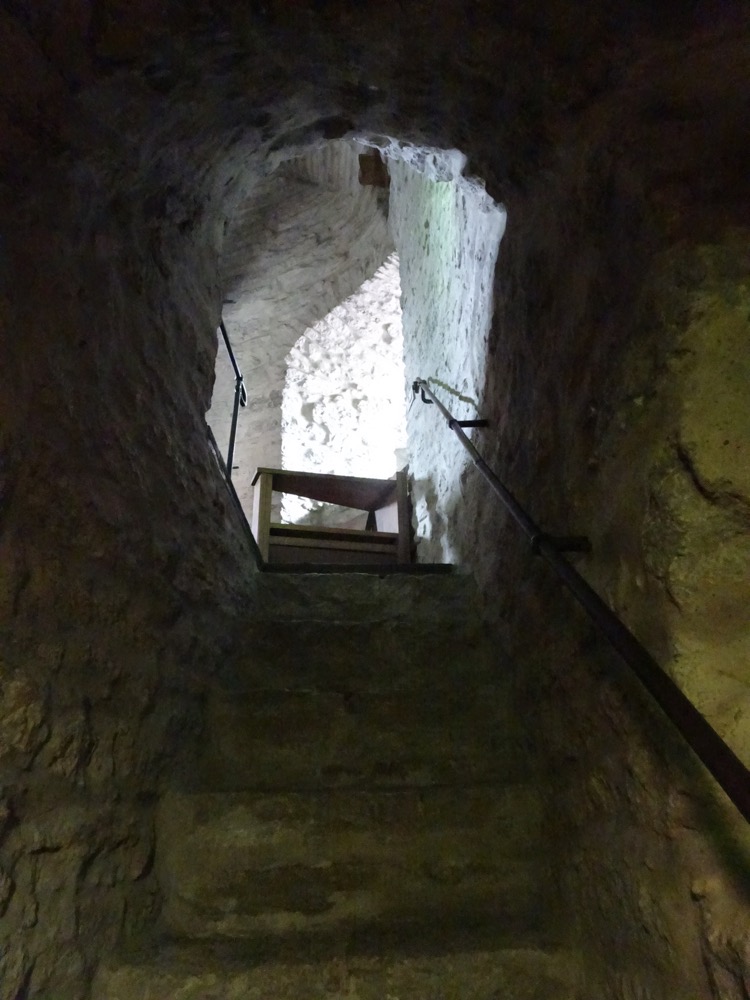
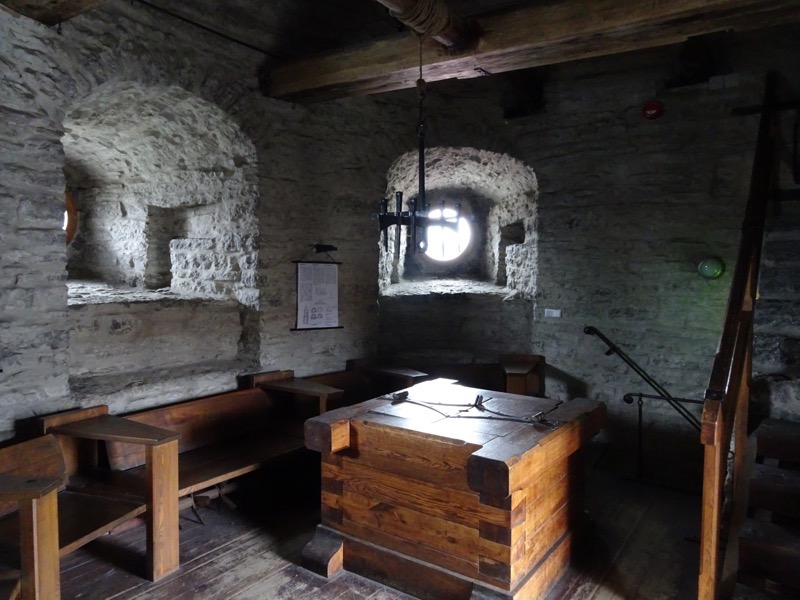 The nice and stable Medieval walkways of the walled city.
The nice and stable Medieval walkways of the walled city.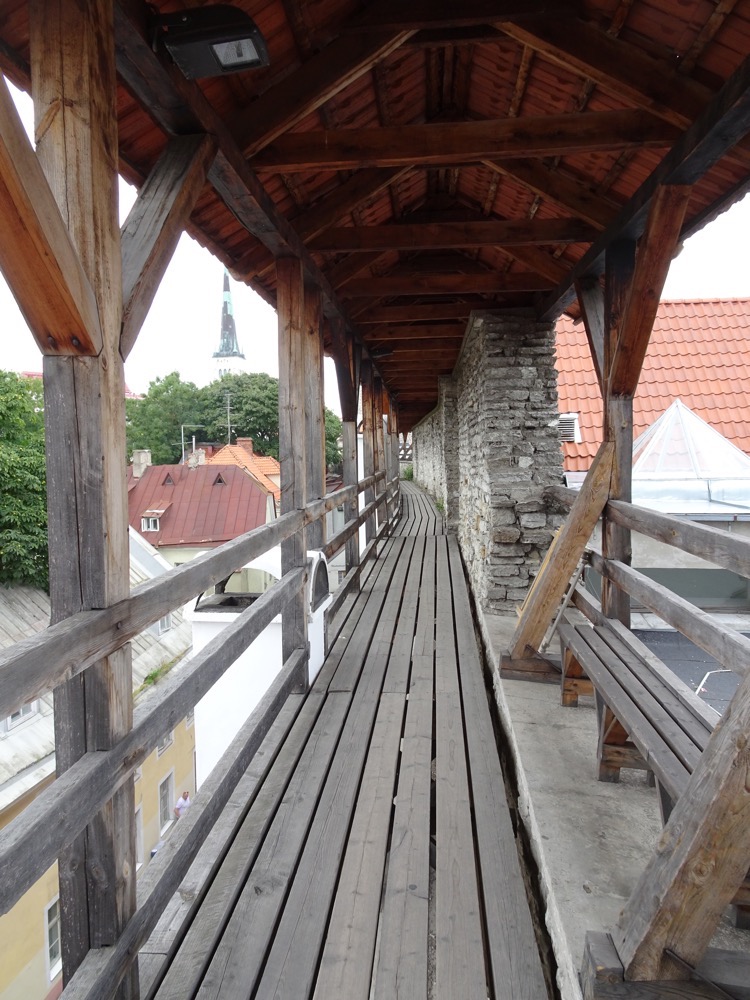
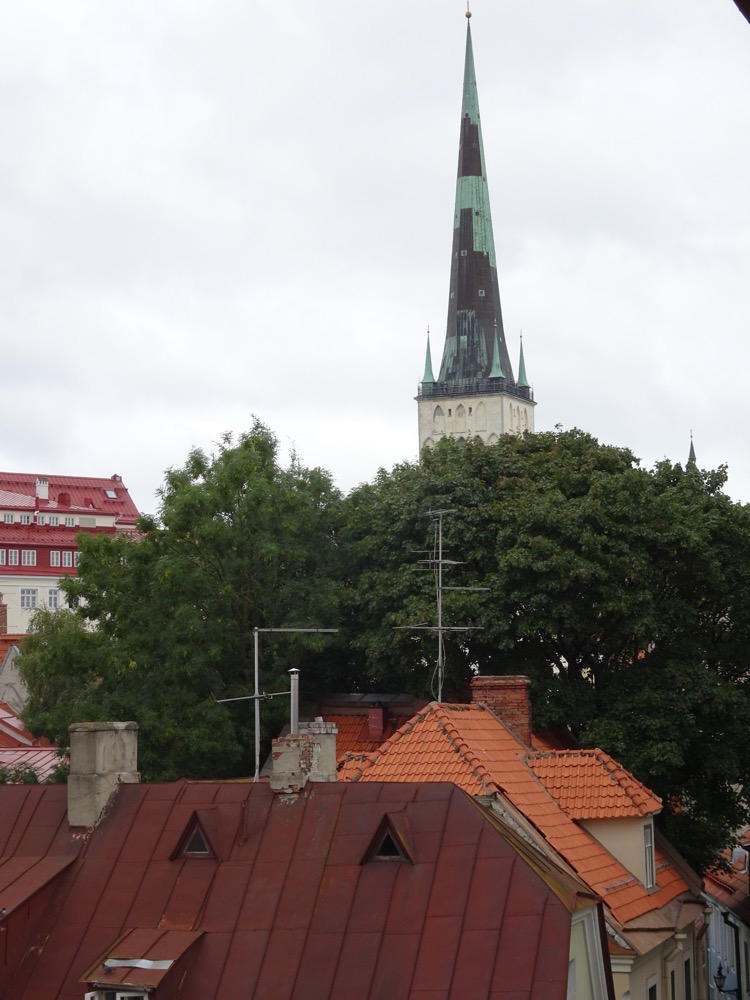
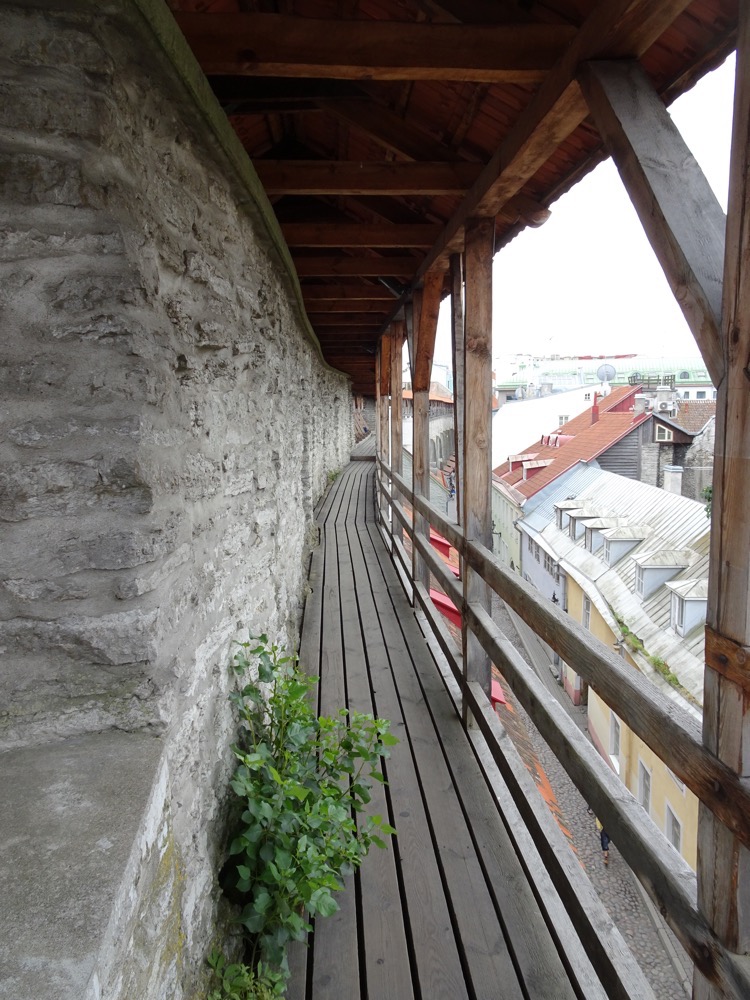
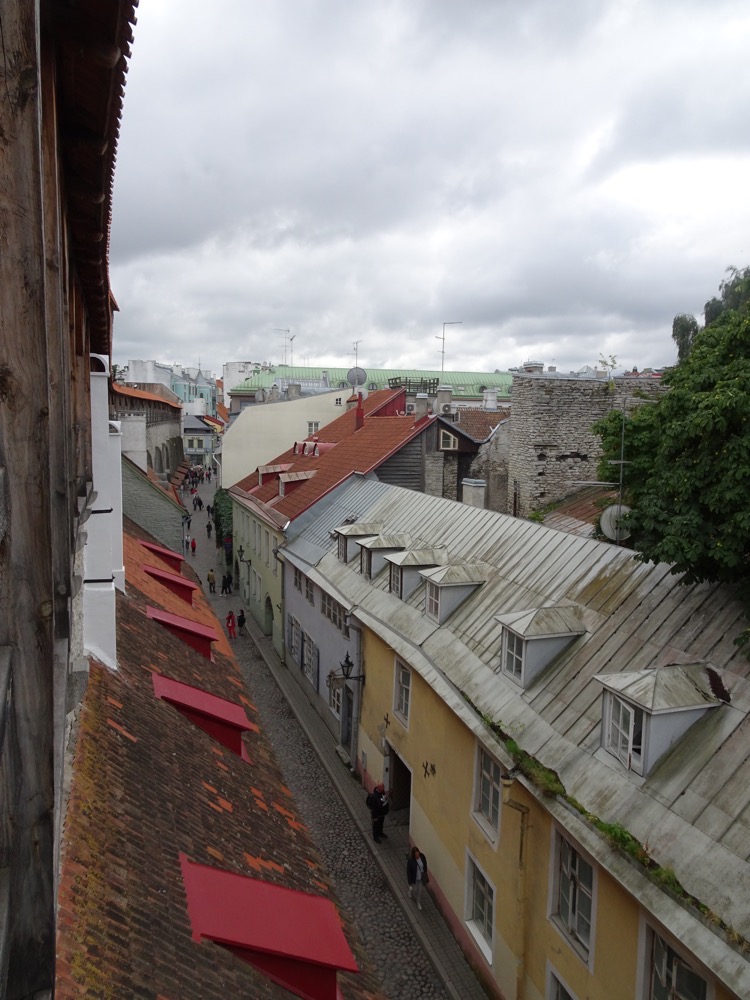 Over the roof tops from the medieval walled walkways.
Over the roof tops from the medieval walled walkways.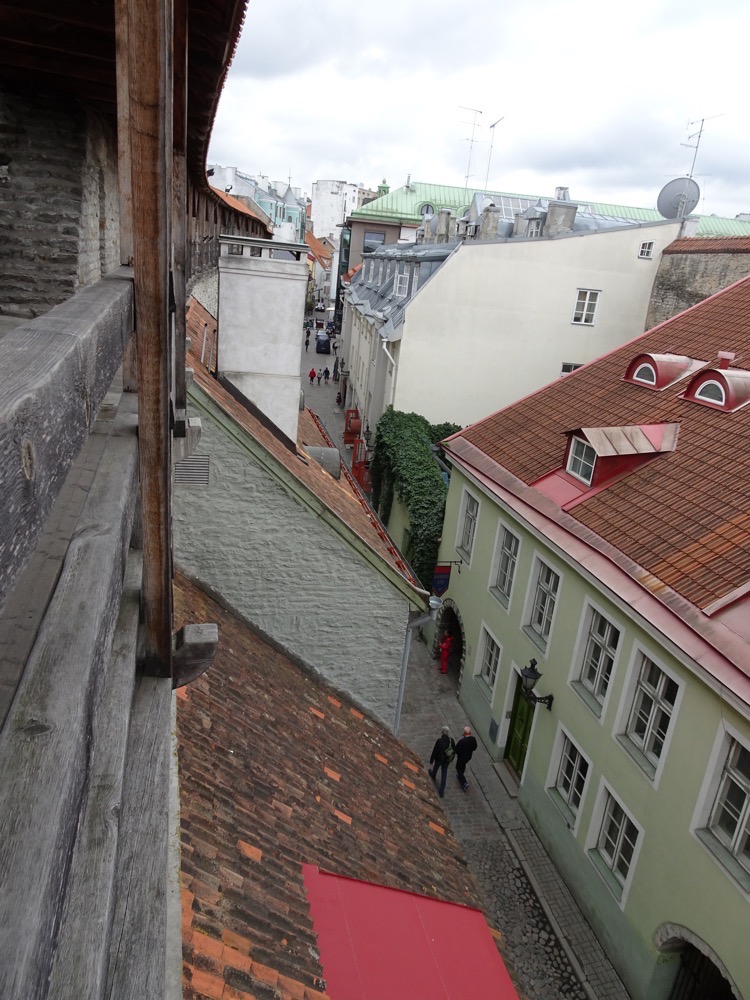
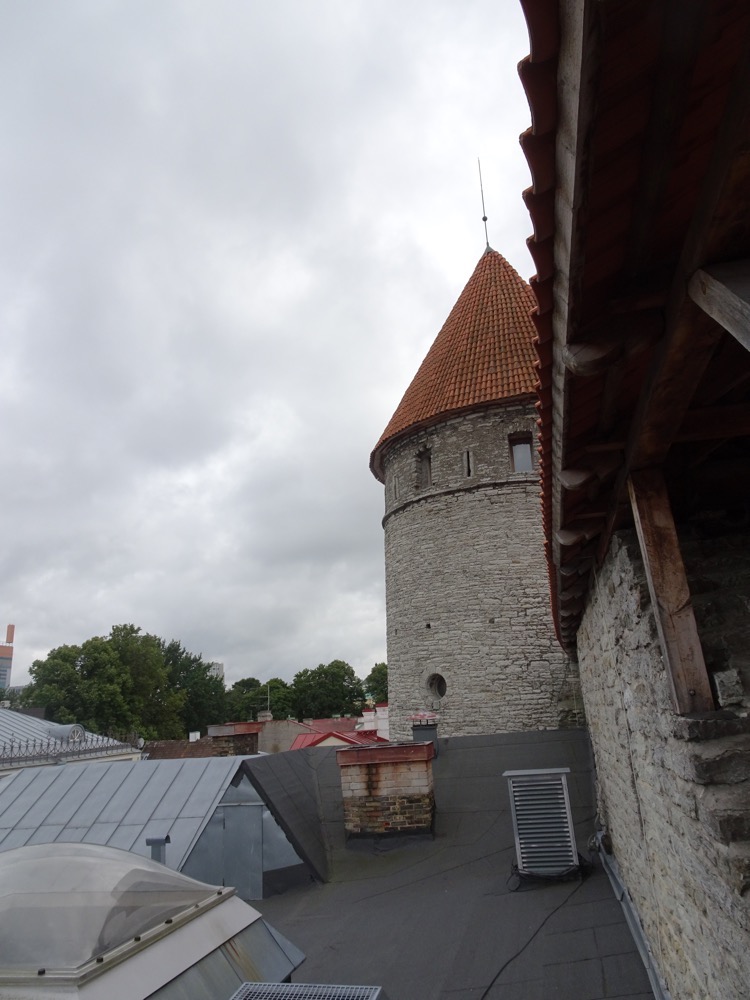 Arrowslit fortifications.
Arrowslit fortifications.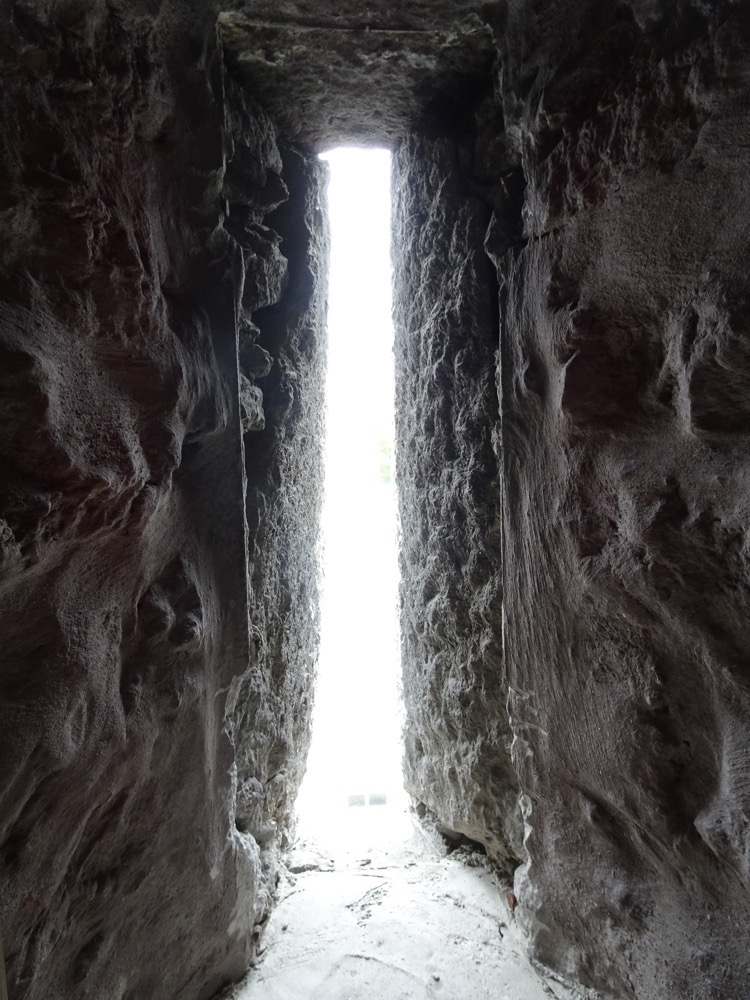 View out a window from the Medieval gate house.
View out a window from the Medieval gate house.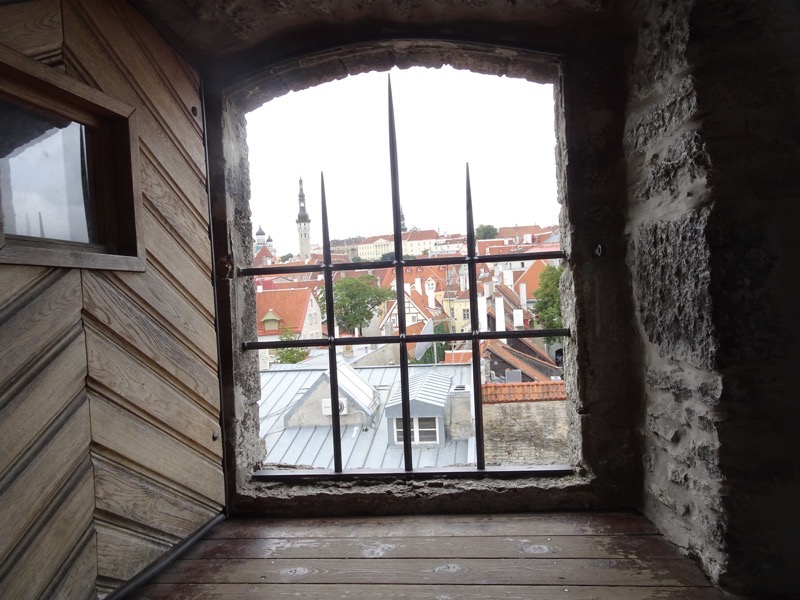 More textiles shopping markets along the fortress walls. The Old Town of Tallinn certainly is a good example of a Medieval city – I think it probably rivals Toledo for having that ‘medieval feel about it’. It’s beautiful and I am now more determined to visit Dubrovnik one day (no segue, it’s just on my list!).
More textiles shopping markets along the fortress walls. The Old Town of Tallinn certainly is a good example of a Medieval city – I think it probably rivals Toledo for having that ‘medieval feel about it’. It’s beautiful and I am now more determined to visit Dubrovnik one day (no segue, it’s just on my list!).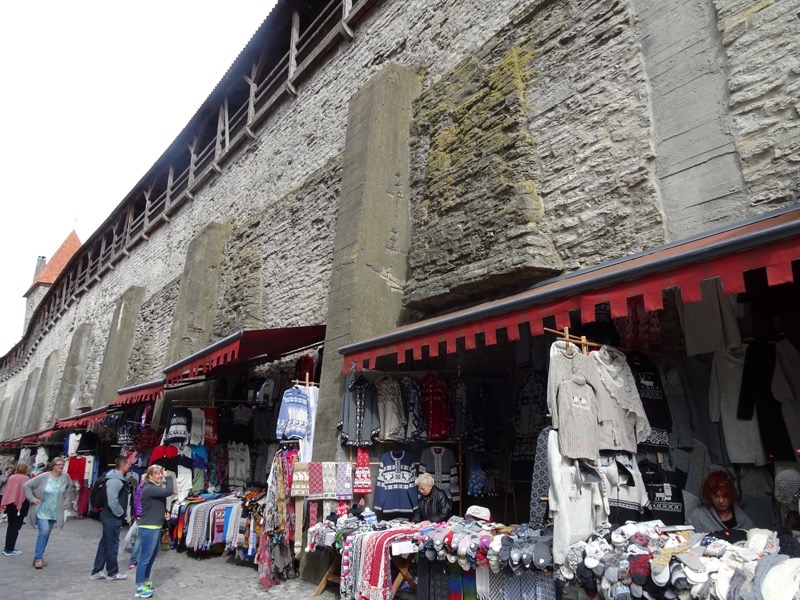 The Viru Gate at the end of Viru Street.
The Viru Gate at the end of Viru Street.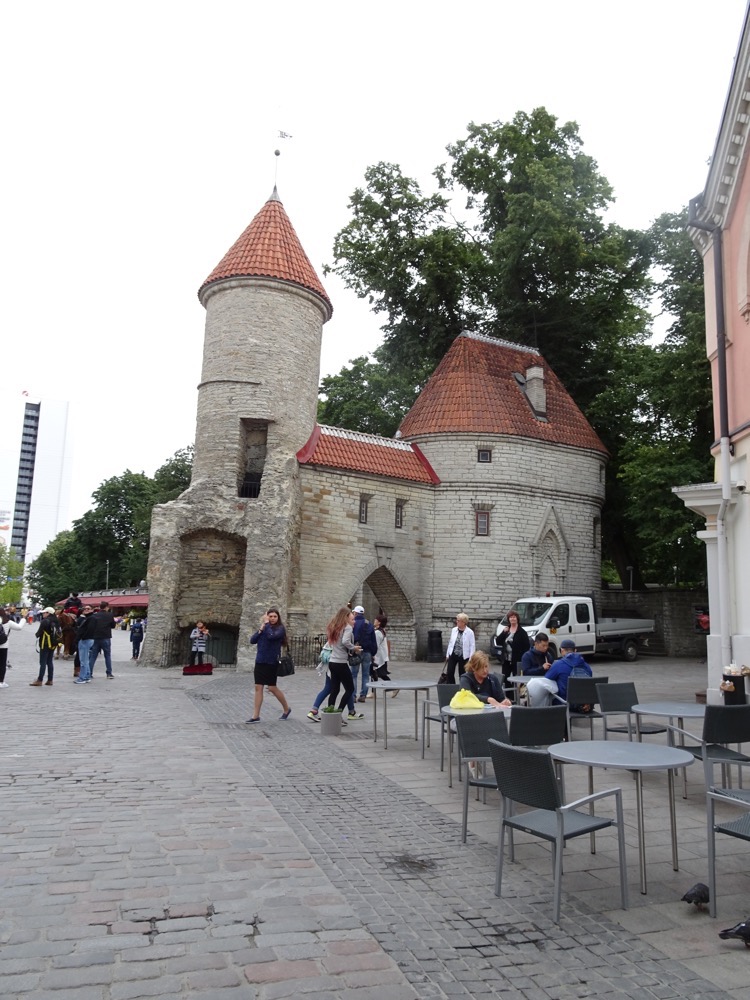
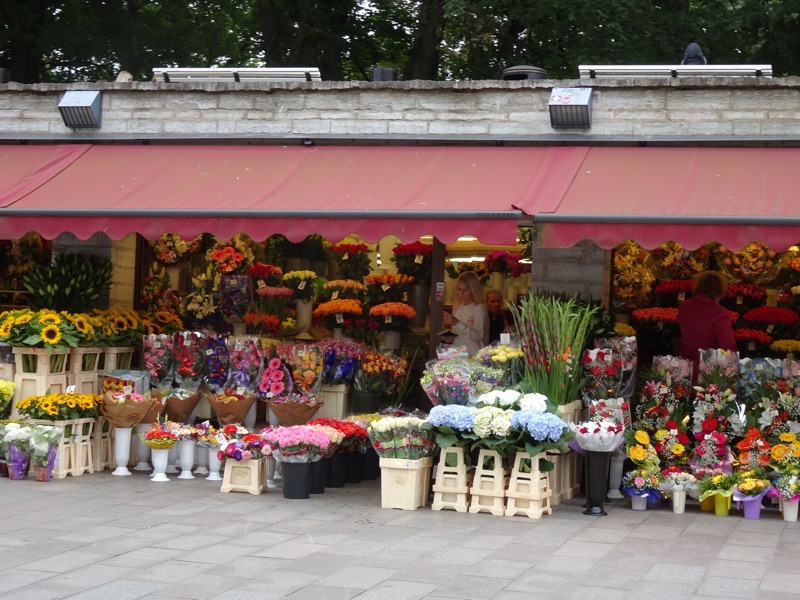
We had a lovely day out in Tallinn, but in the interests of self-preservation – we have two full on days in St Petersburg coming up! – and the fact the ship was due to leave at 1630, we didn’t really have time to go enjoy some of the local food and drink etc. Though Mr K did get to ride on the first ever driverless bus we have ever seen… it was a dinky little thing that is doing runs back and forth along a set route, but it does navigate live intersections with other vehicles. He was very excited – more than one should be by a self-driving bus imo… but there you have it! 😉
